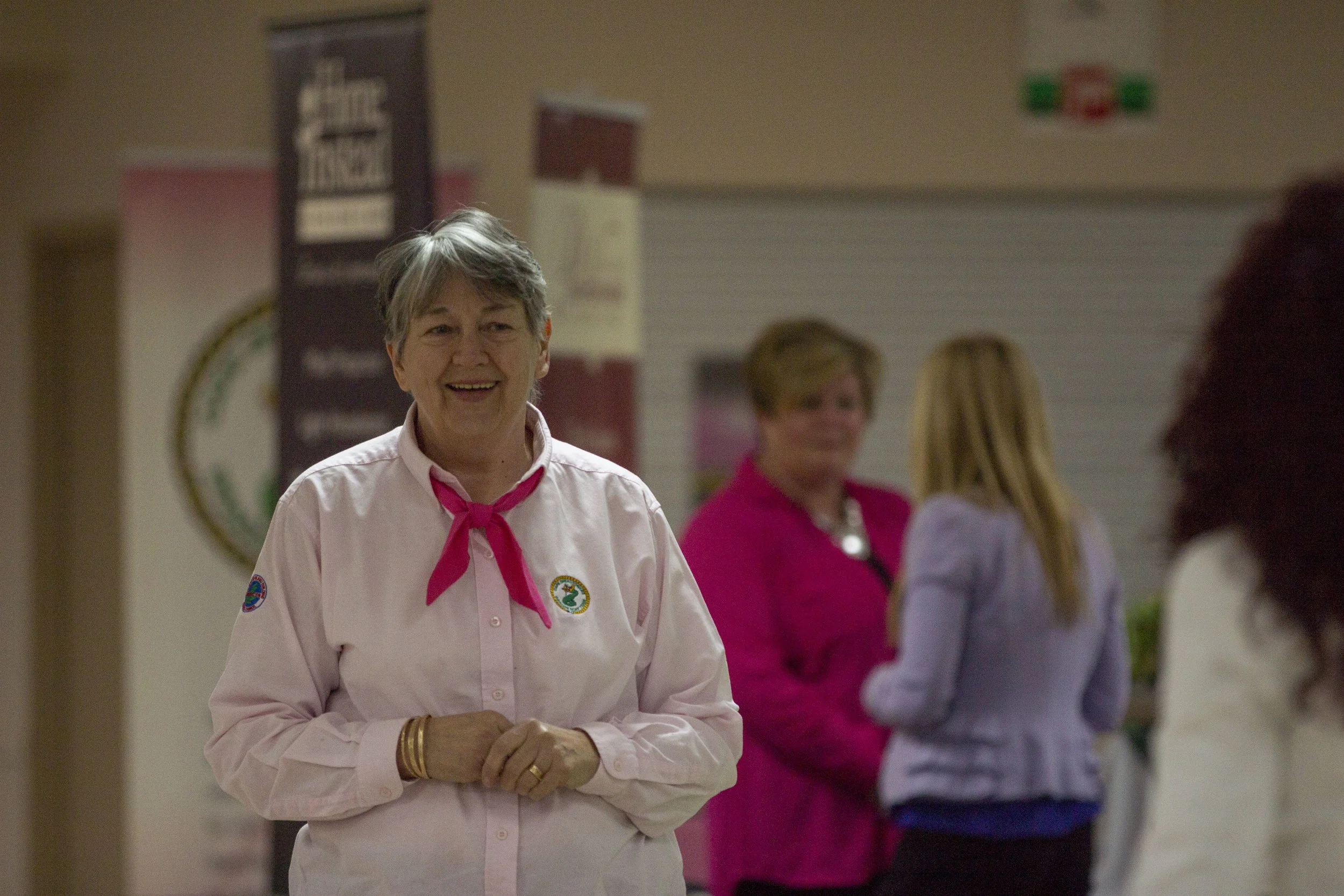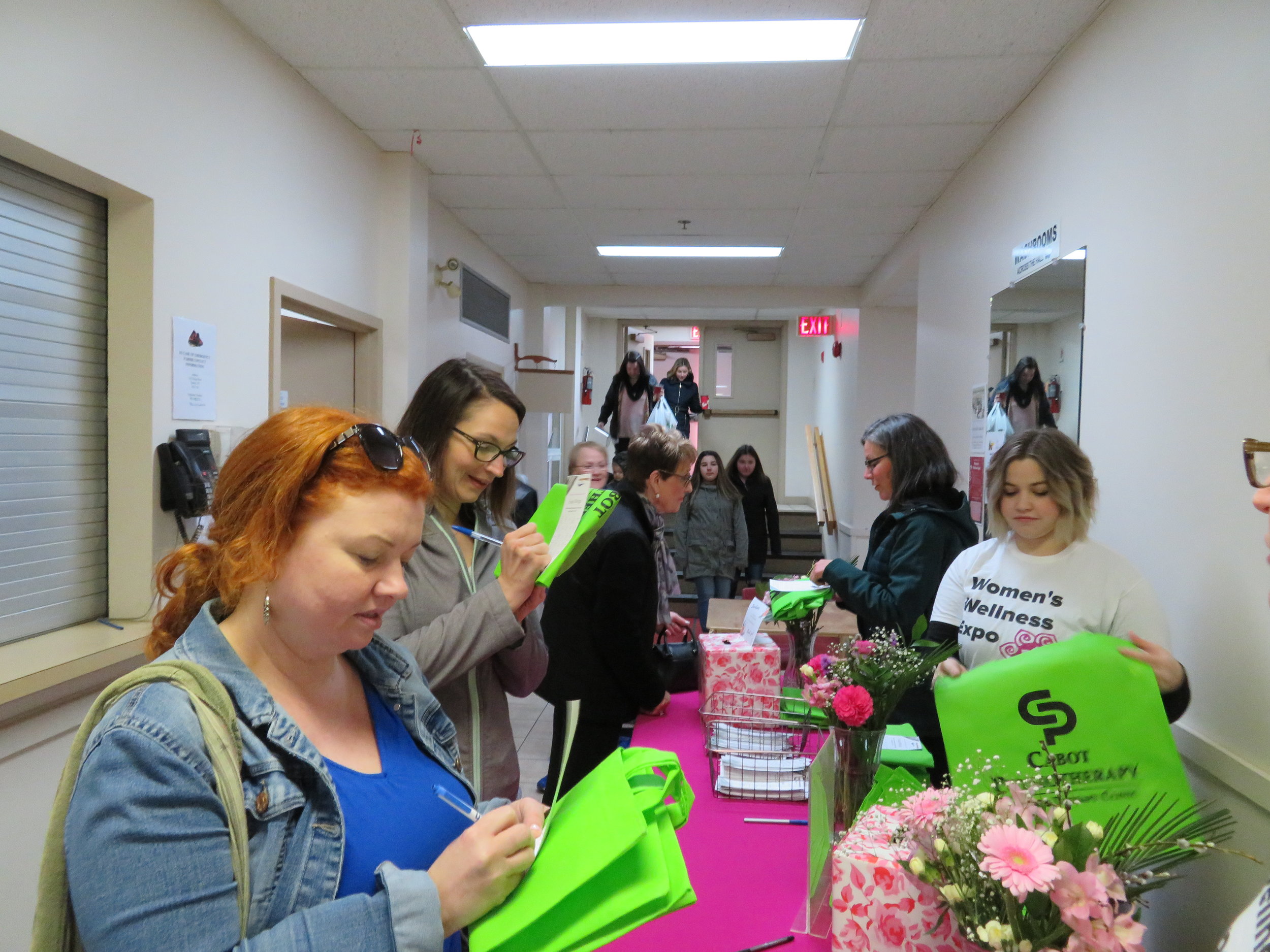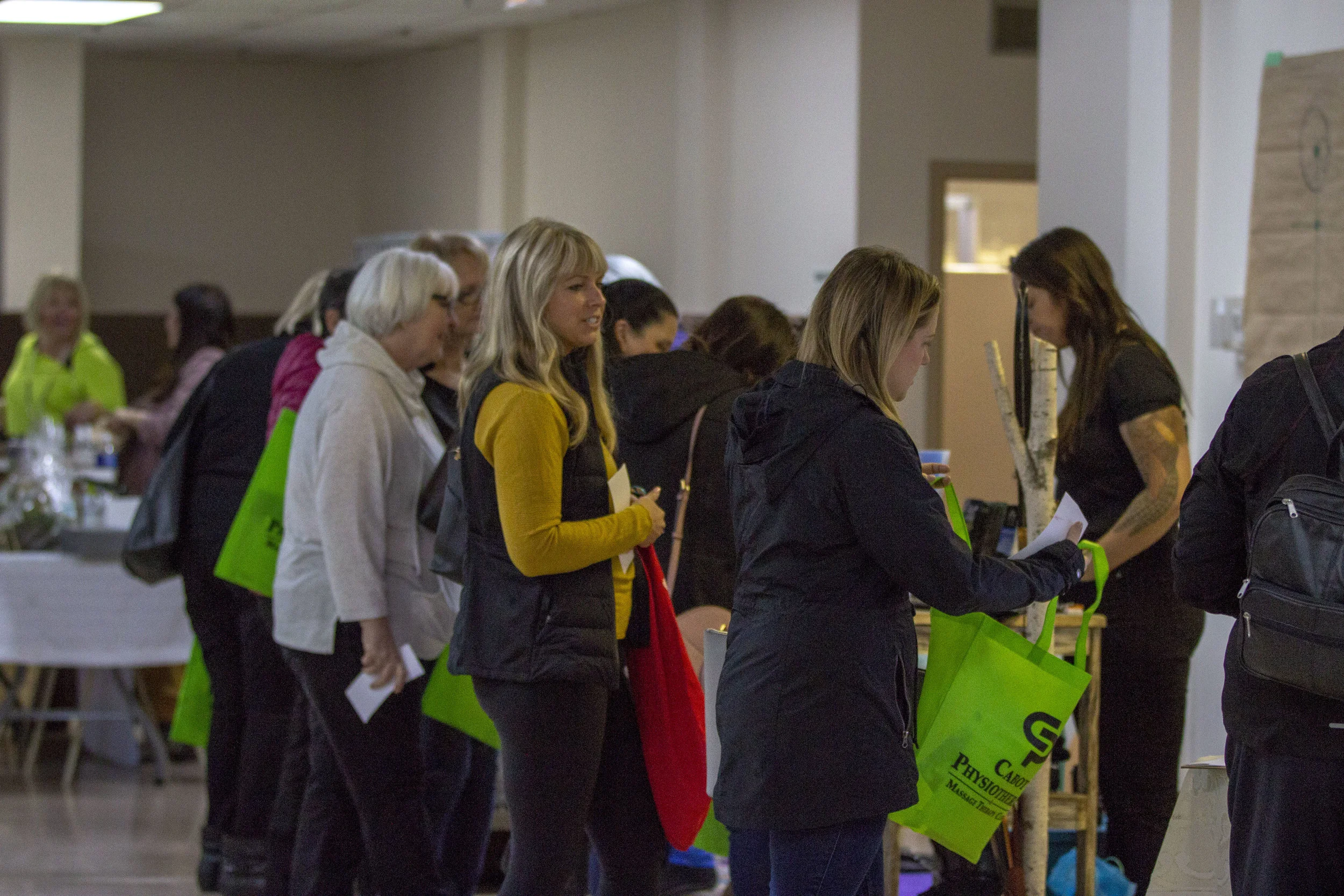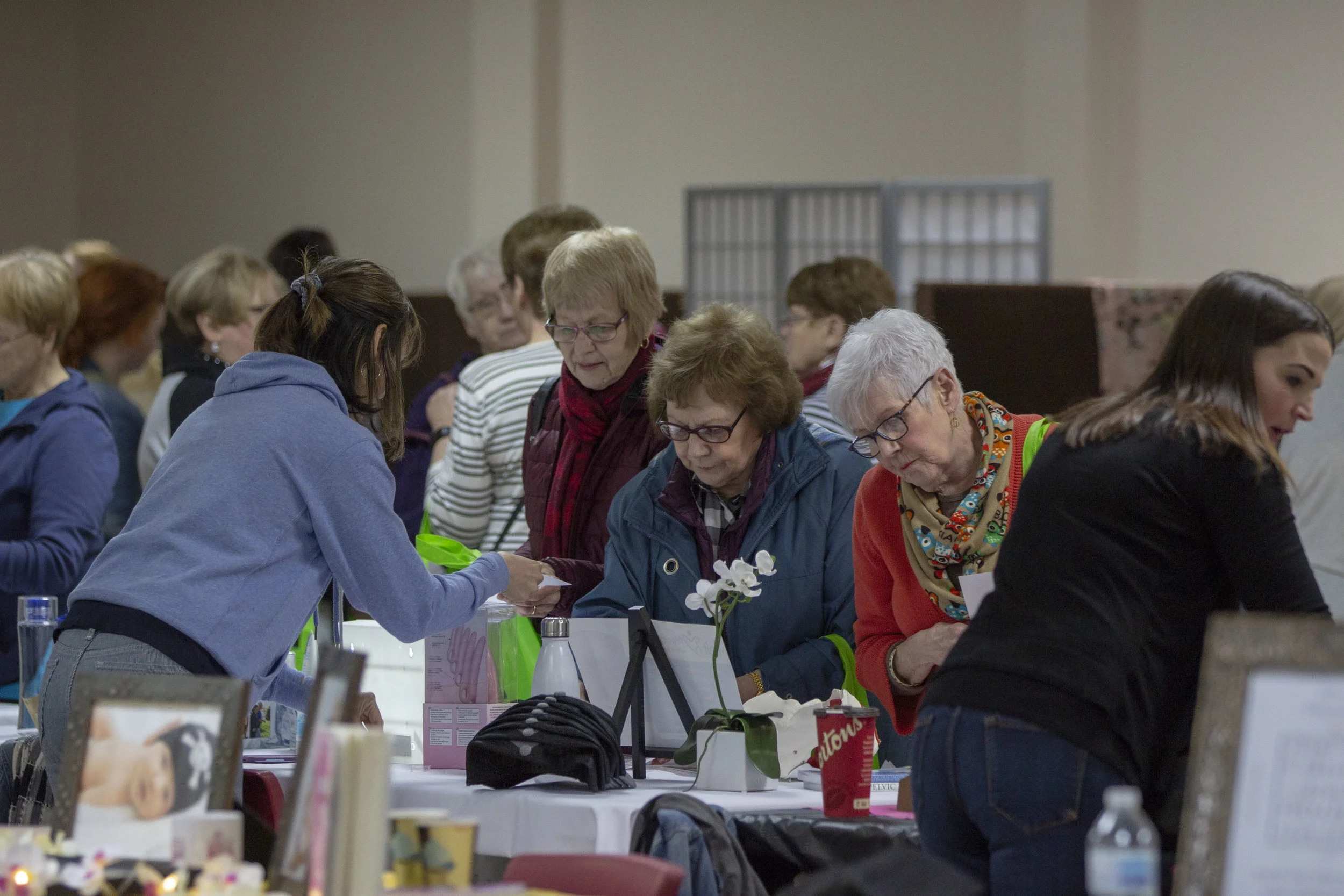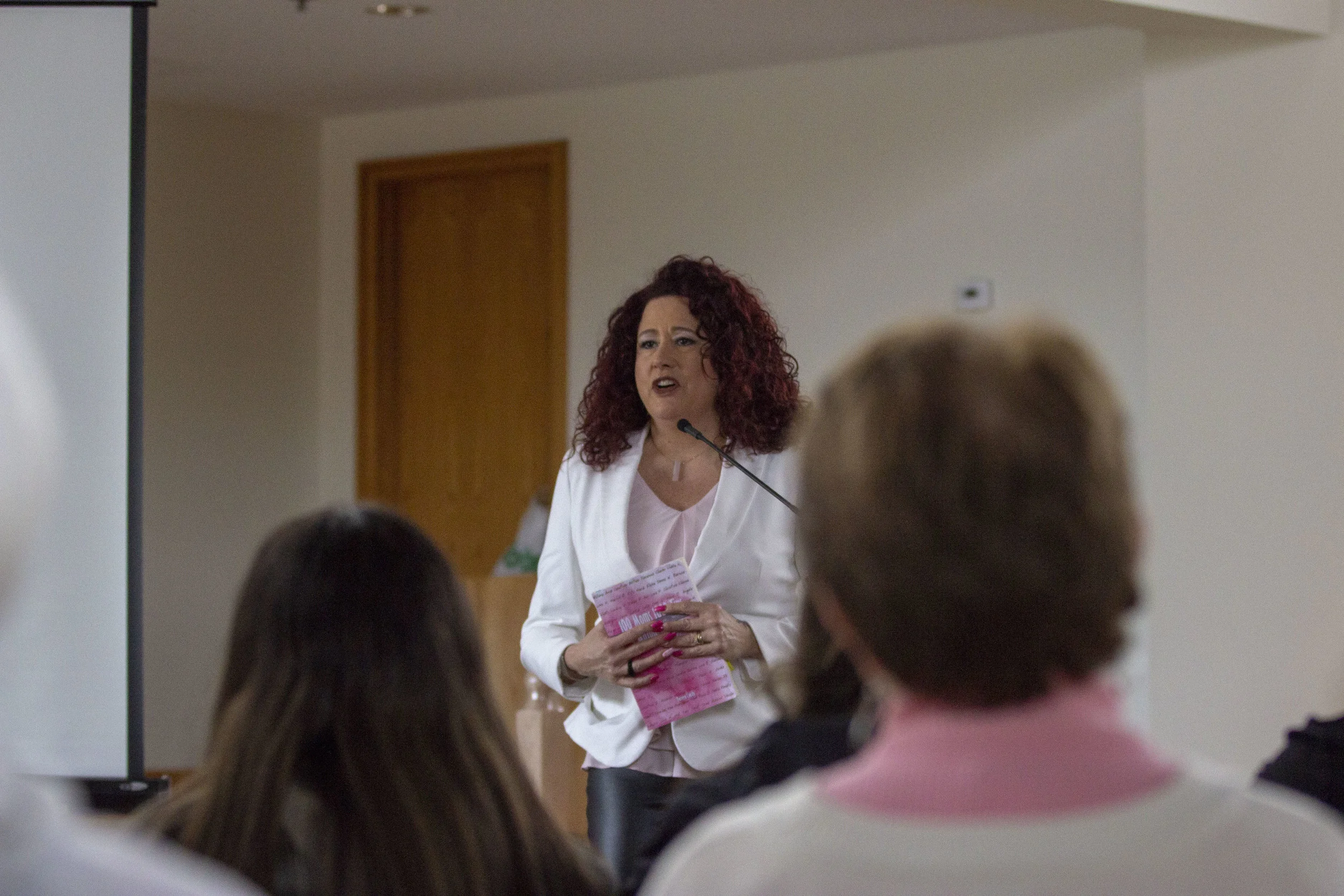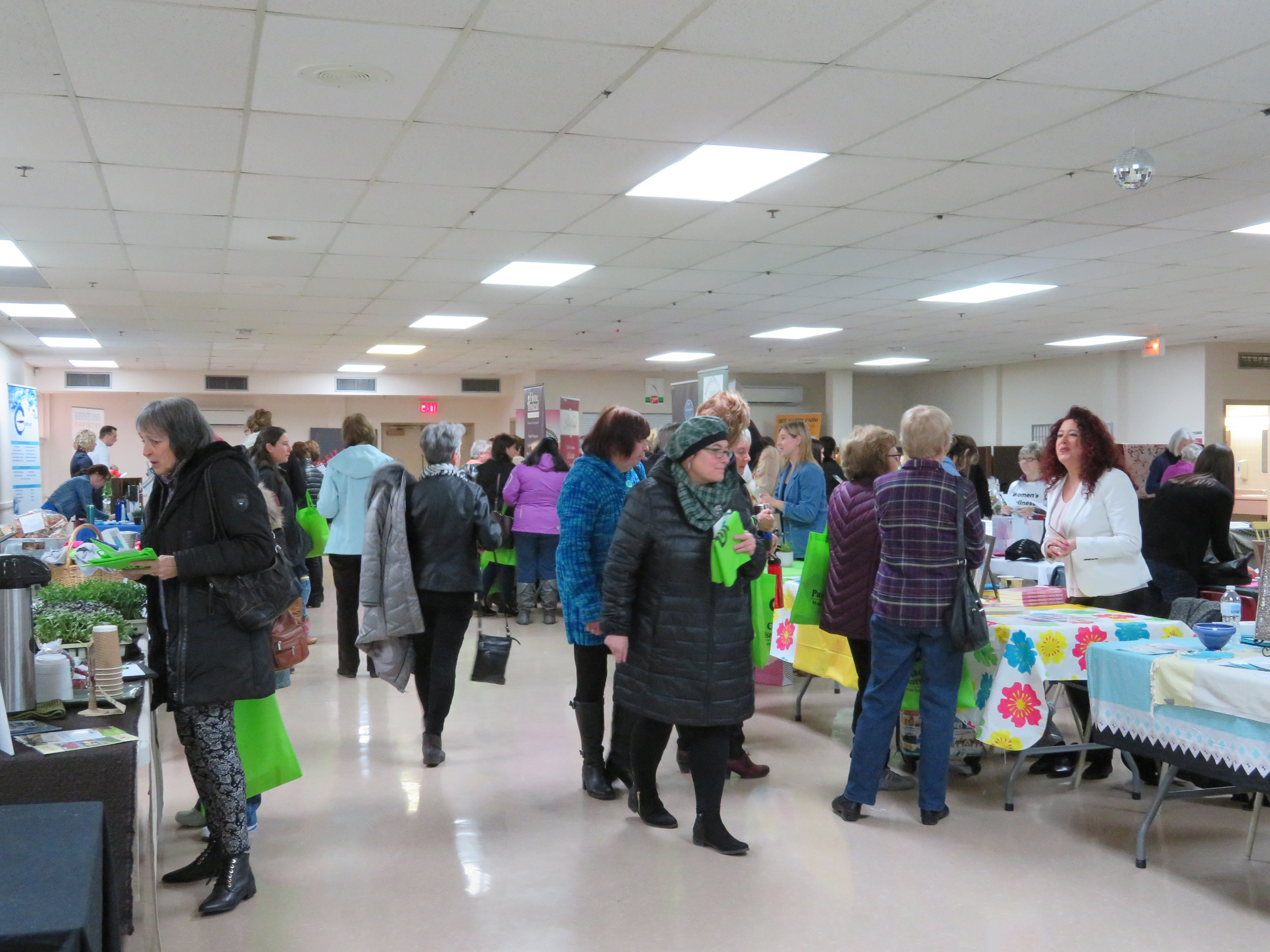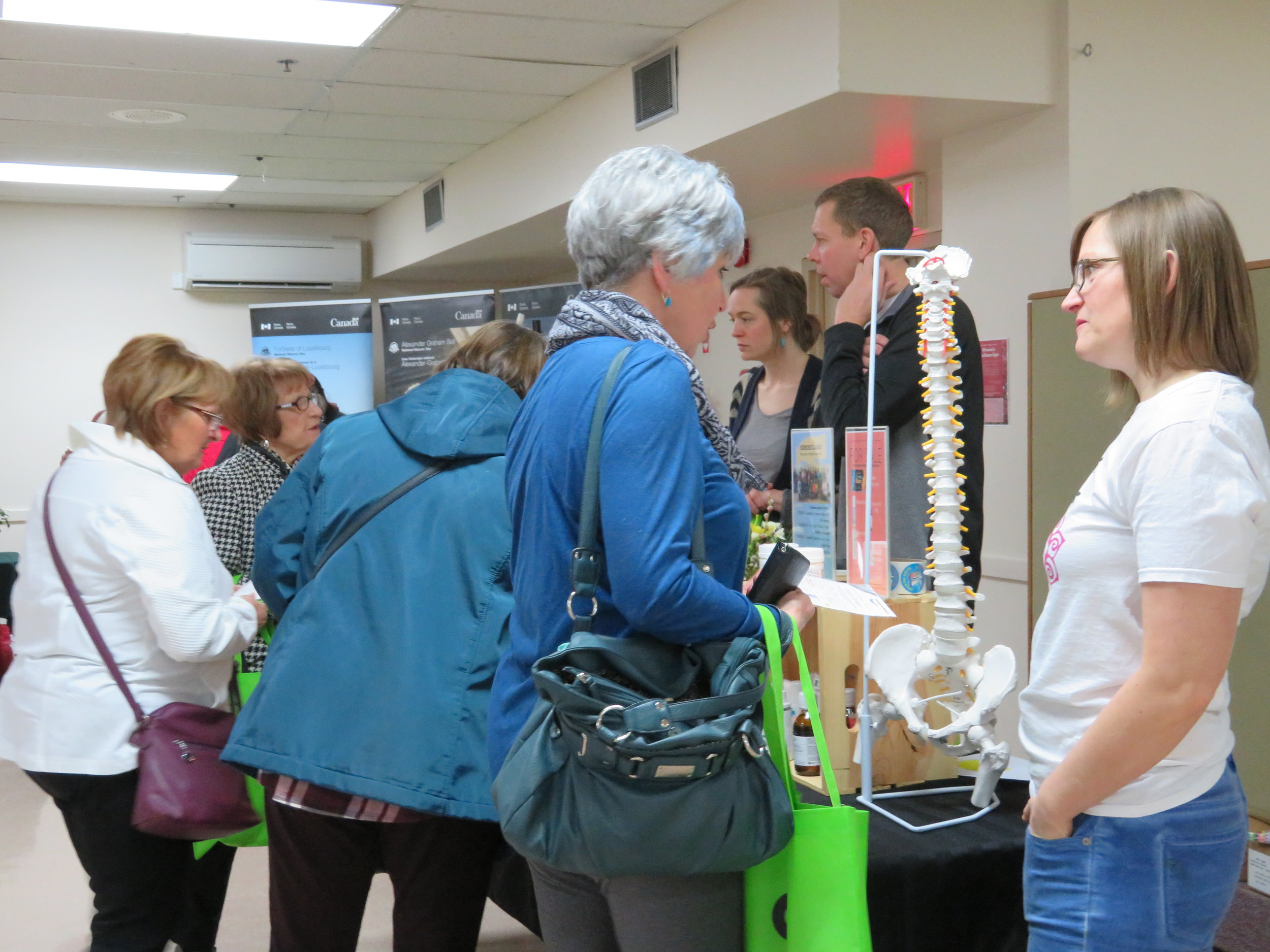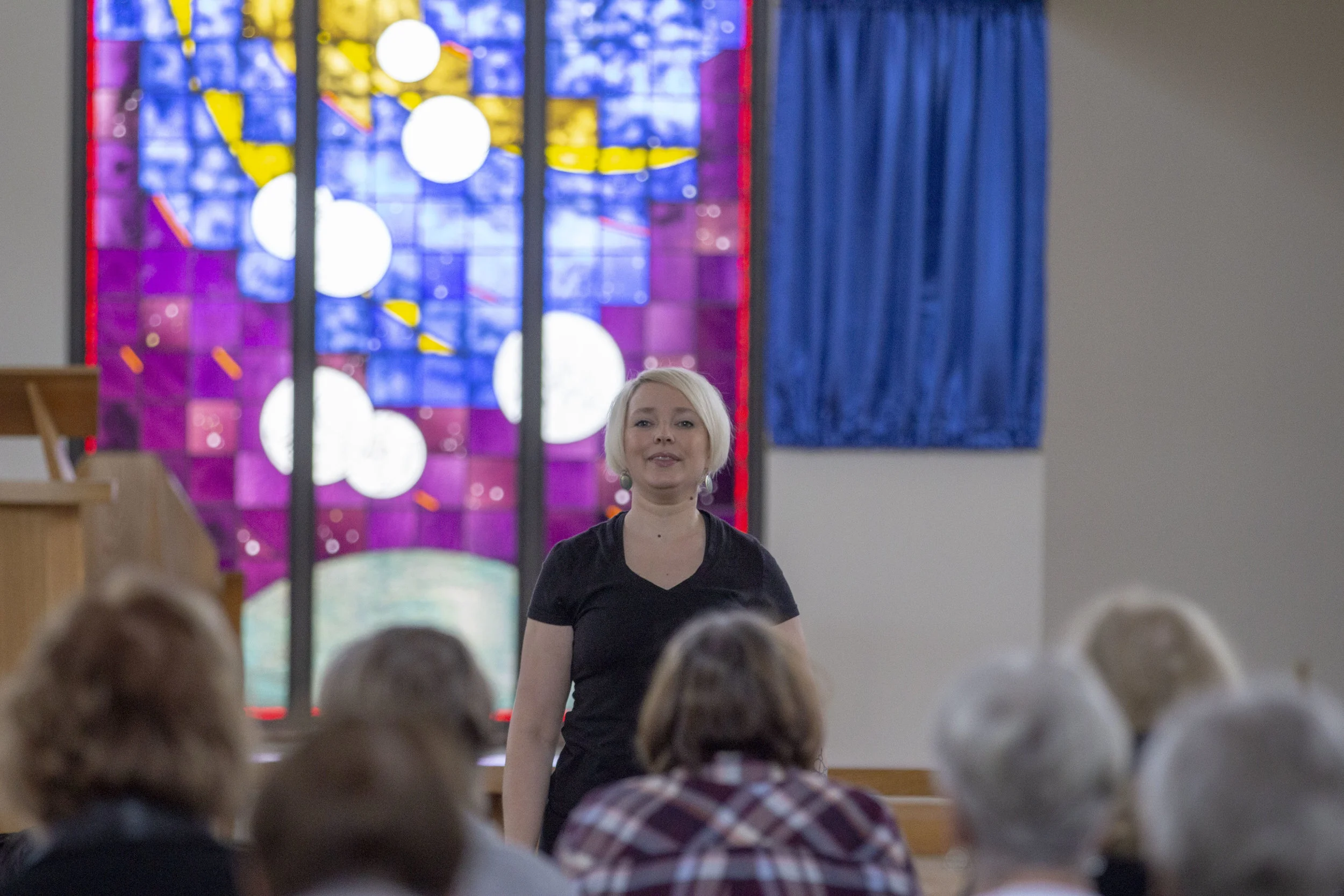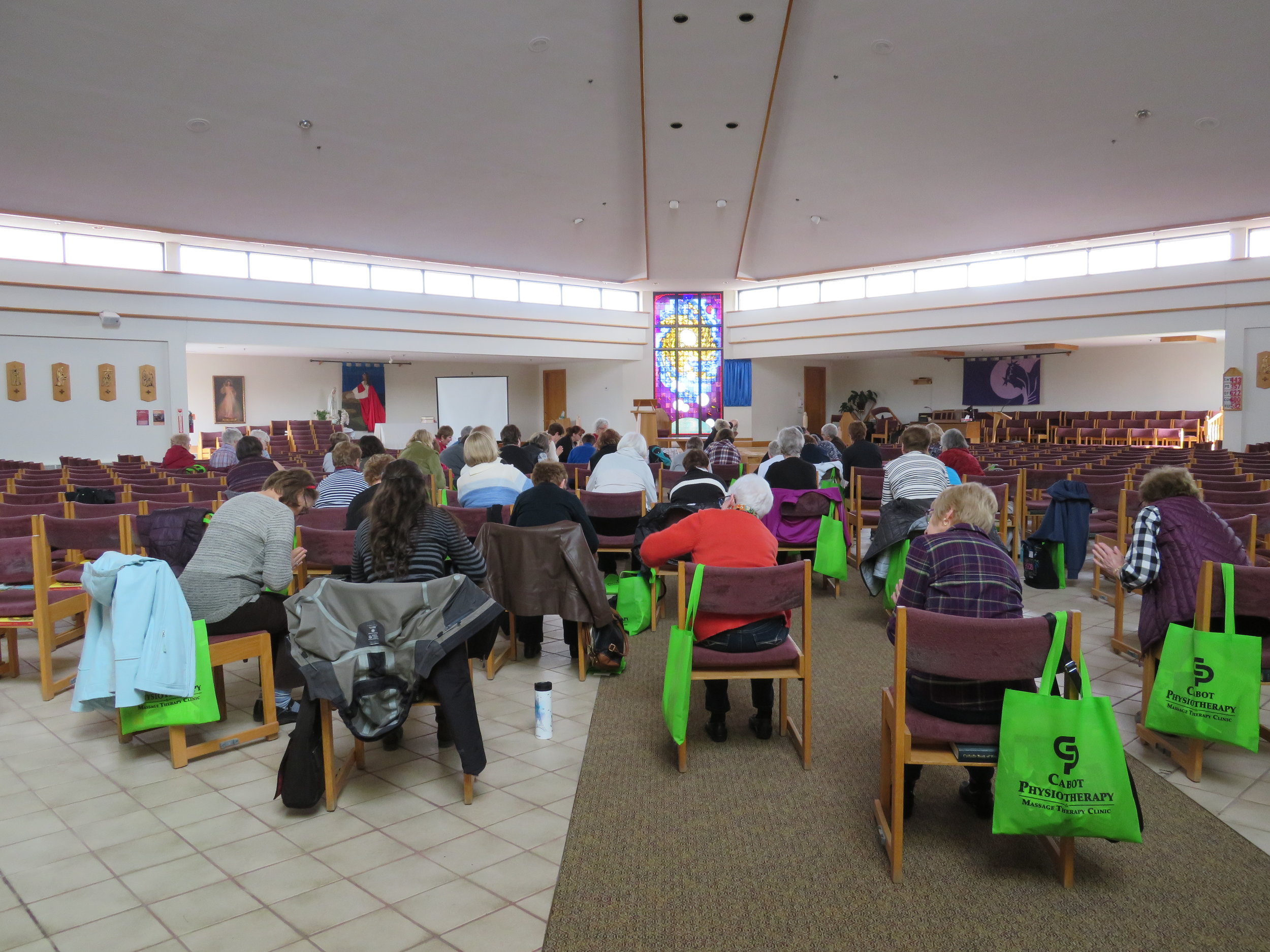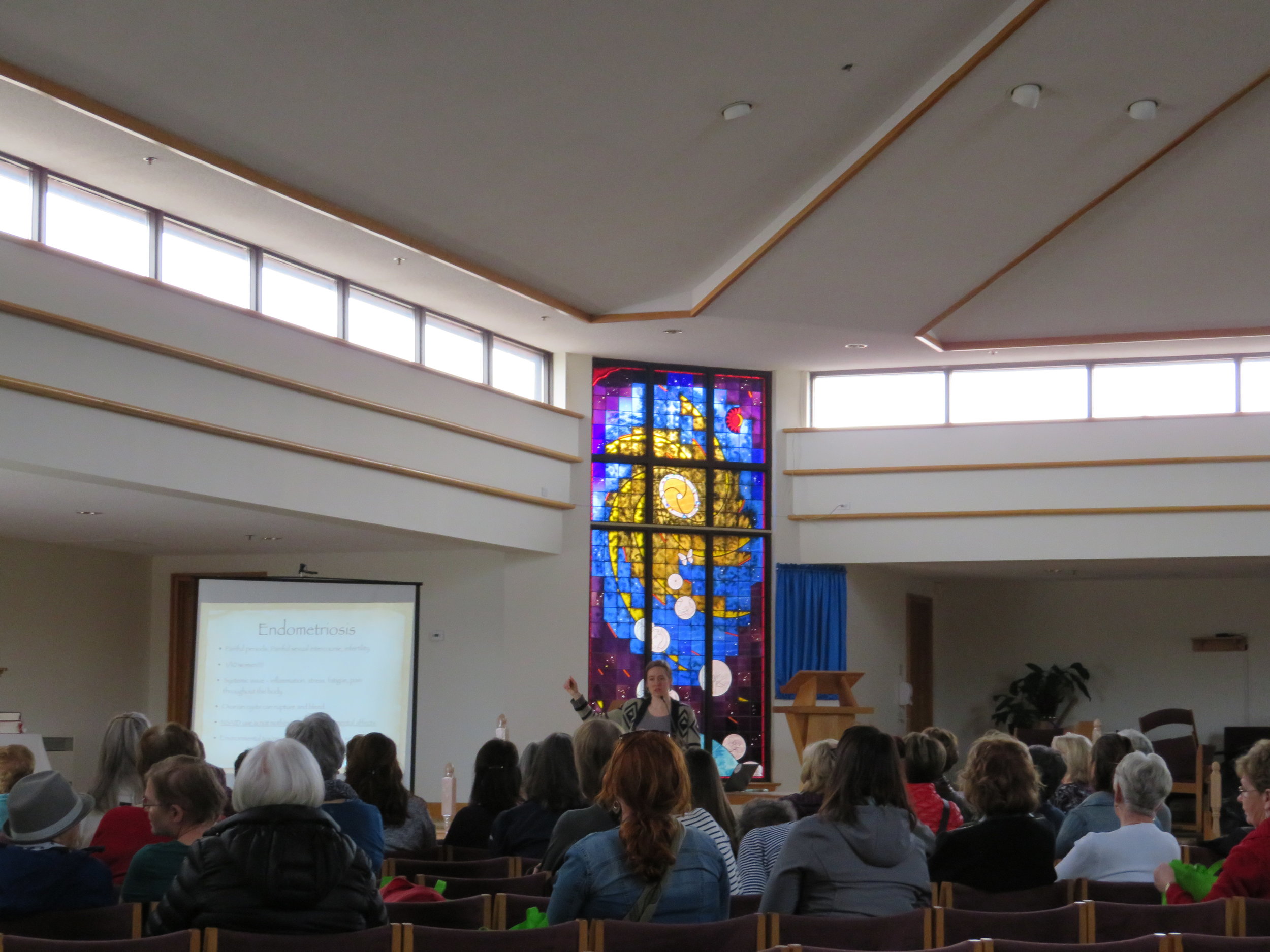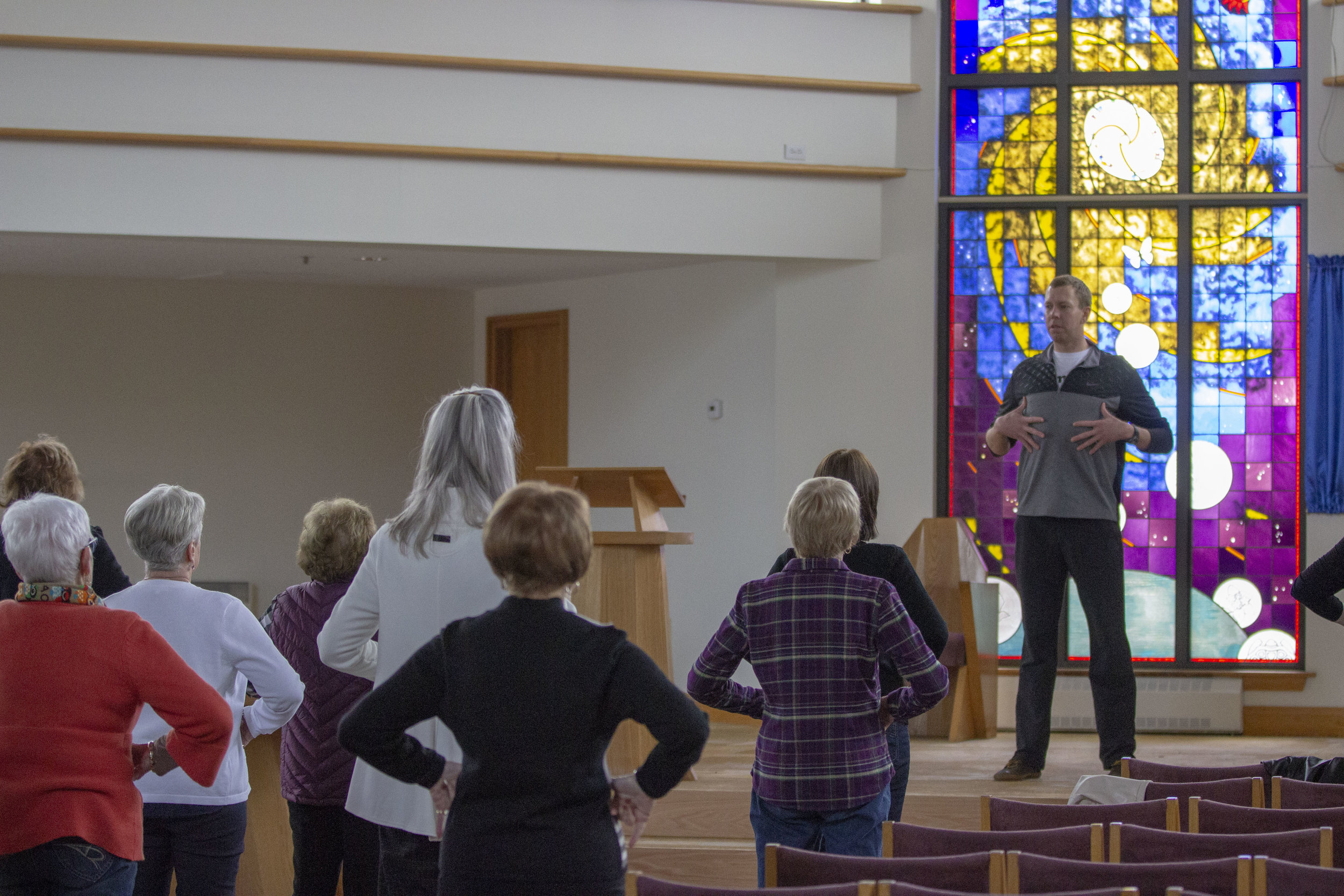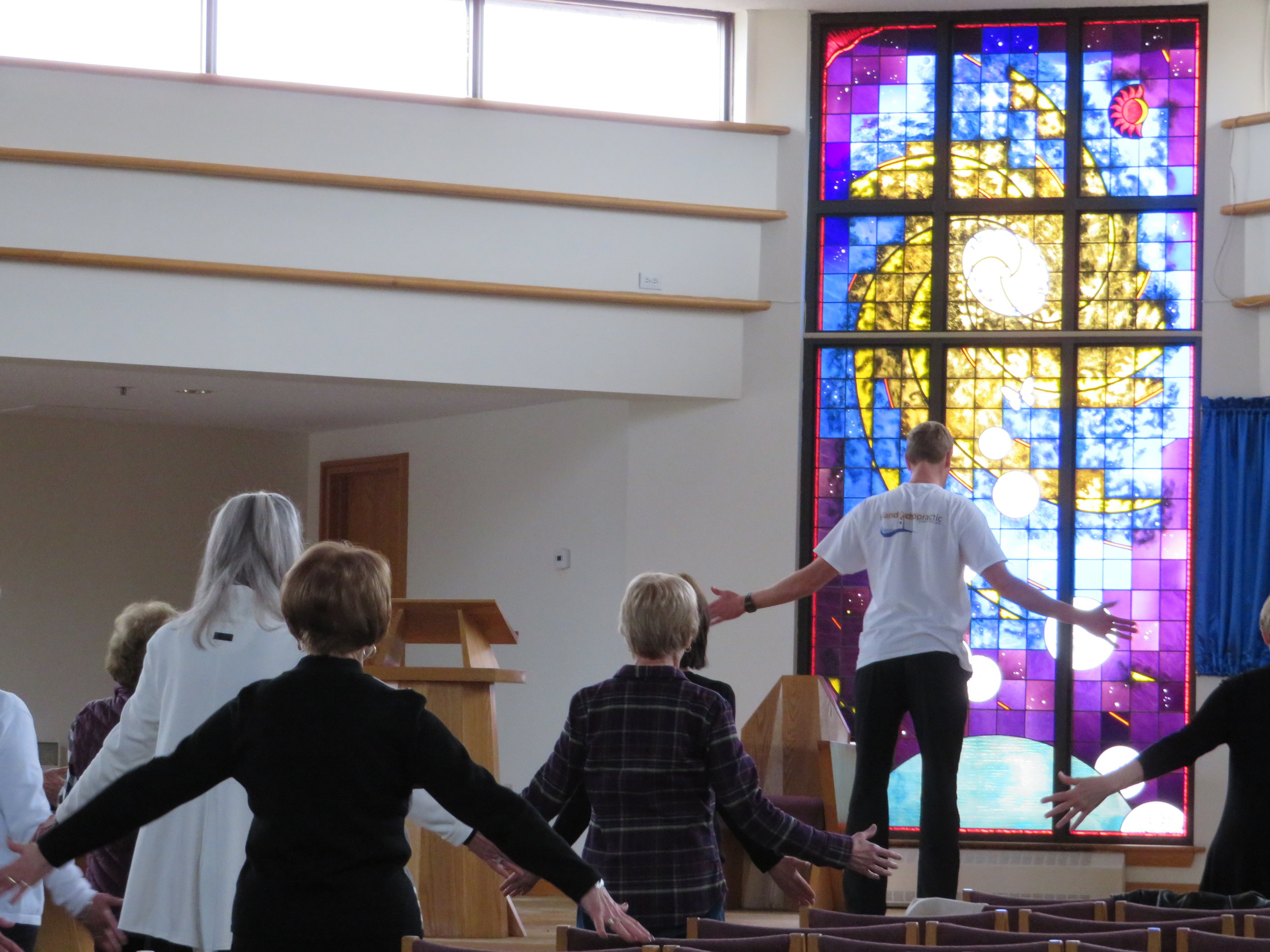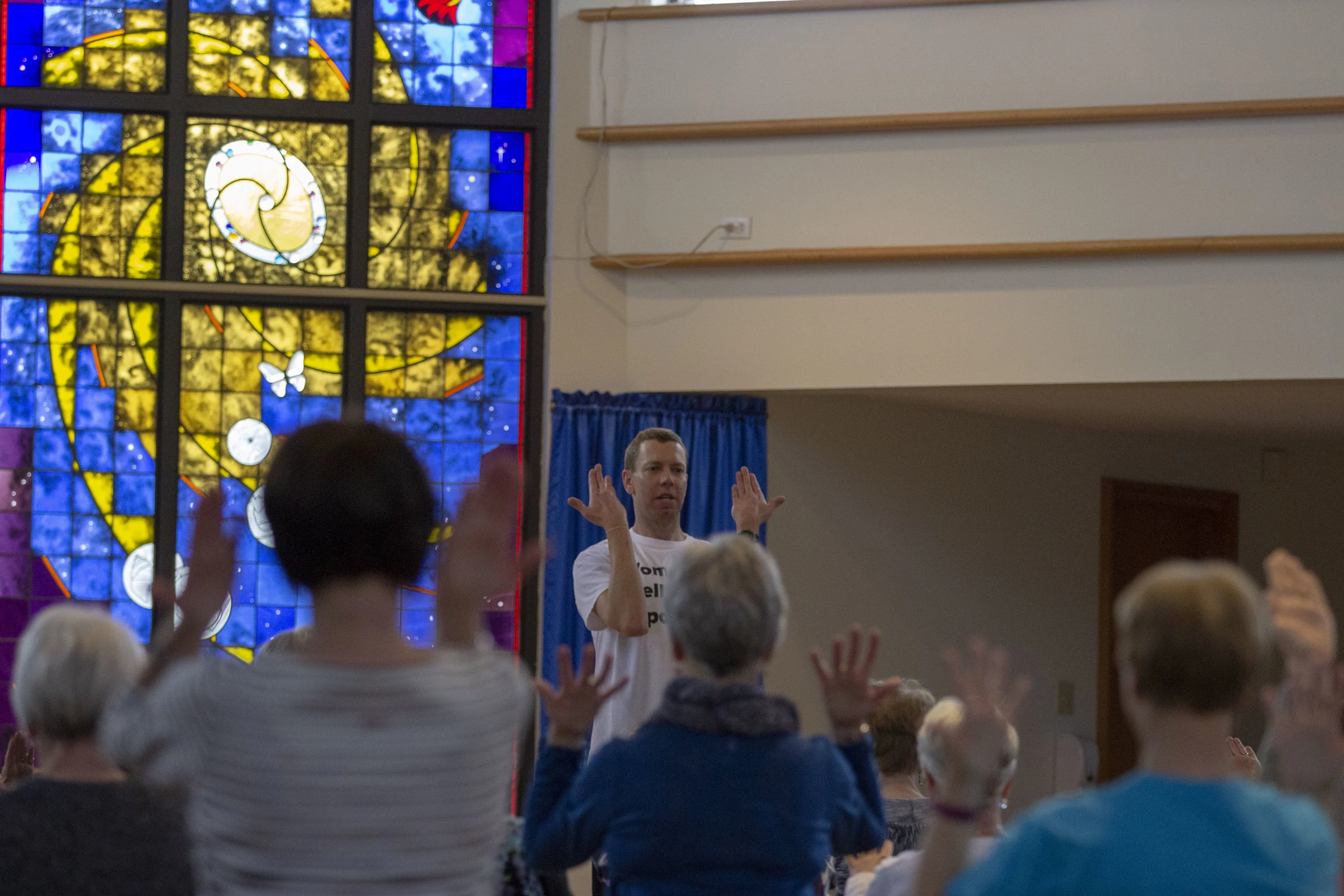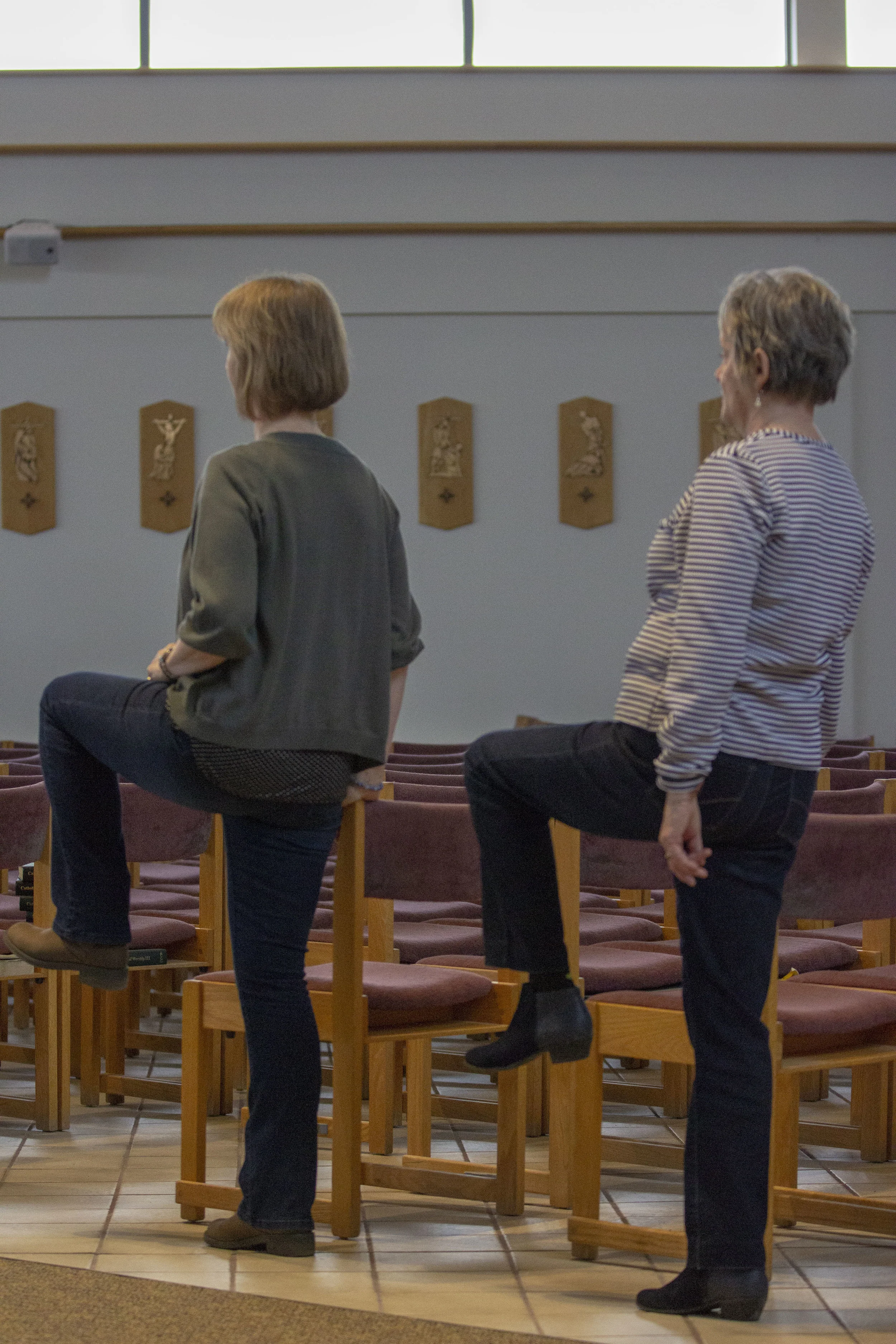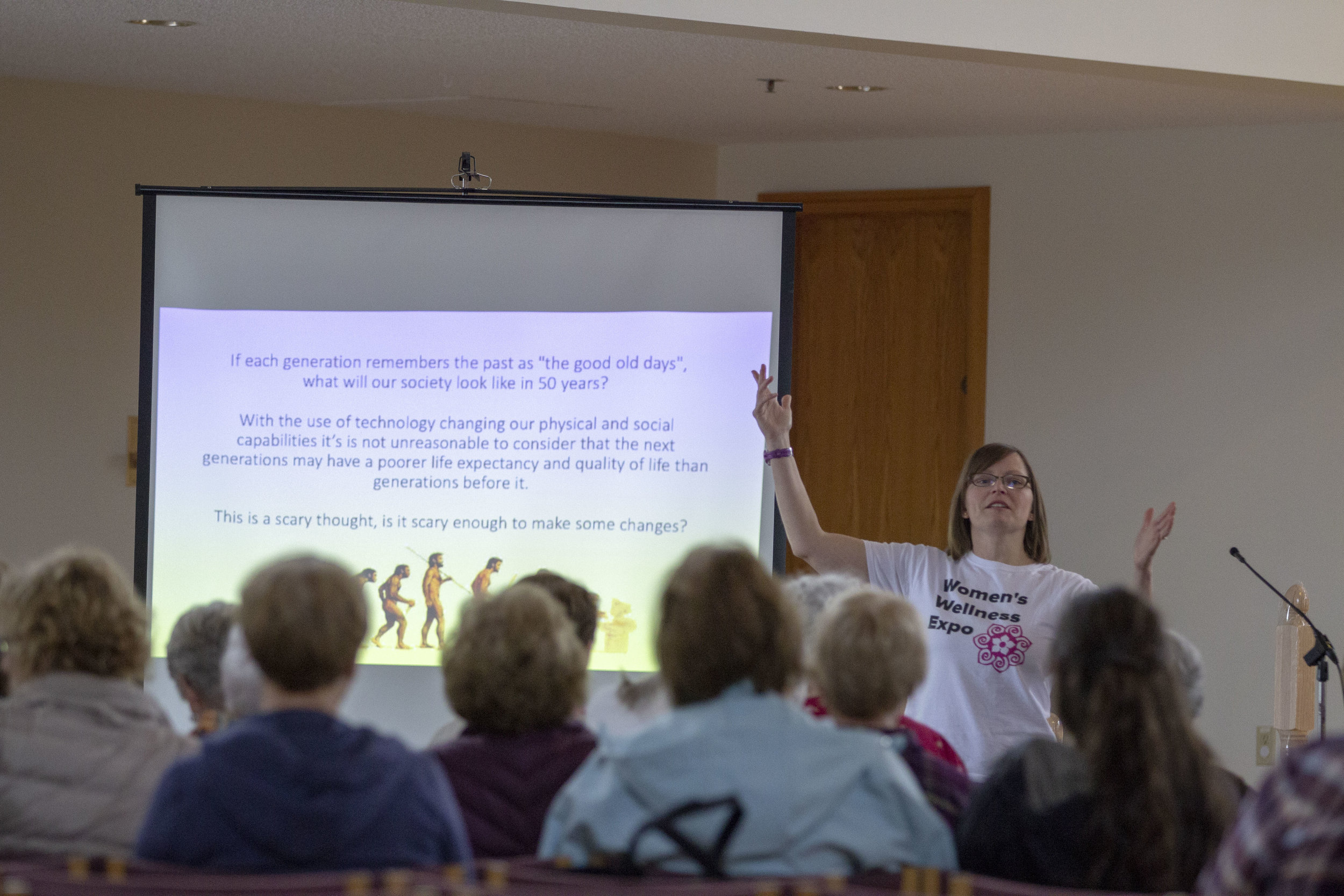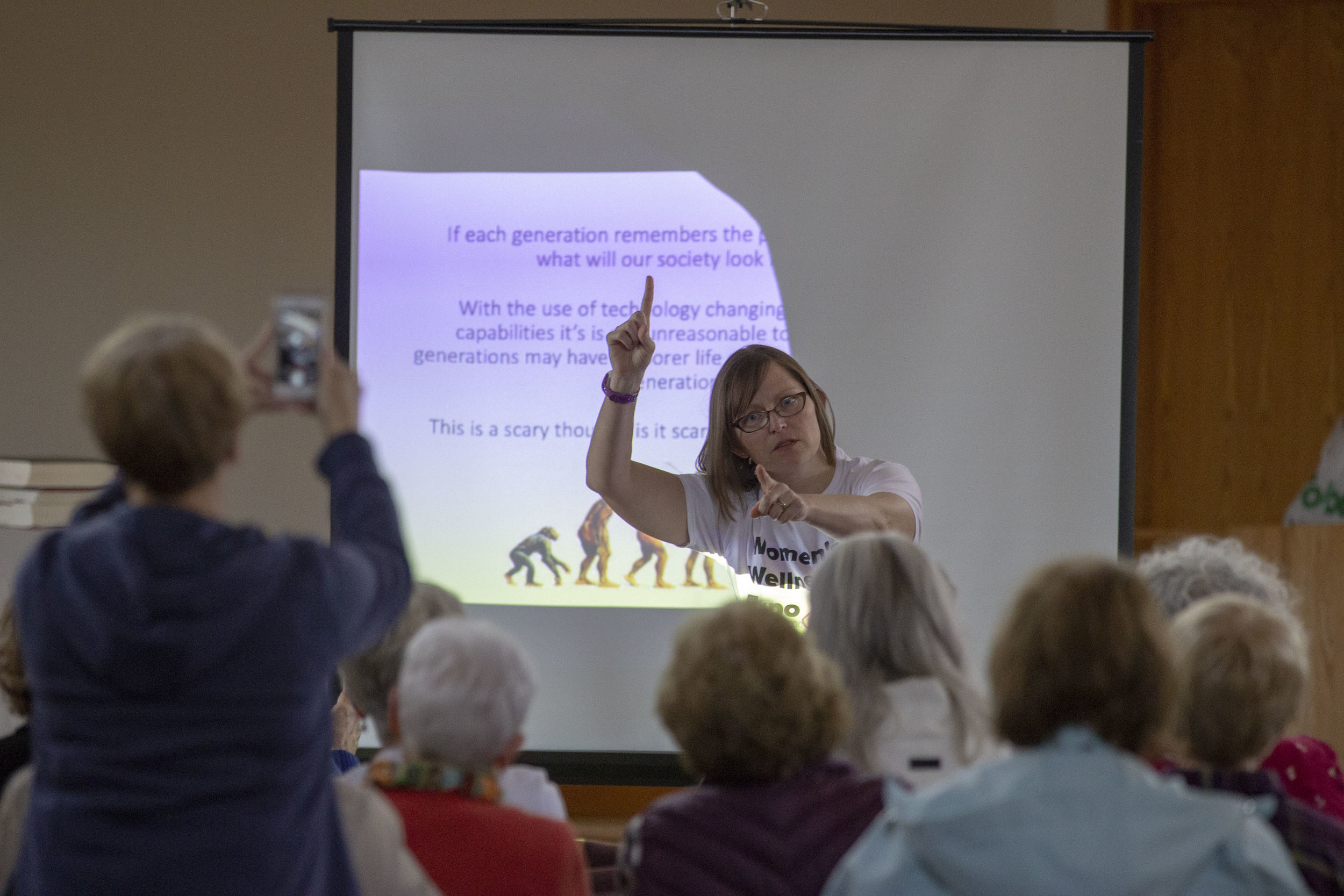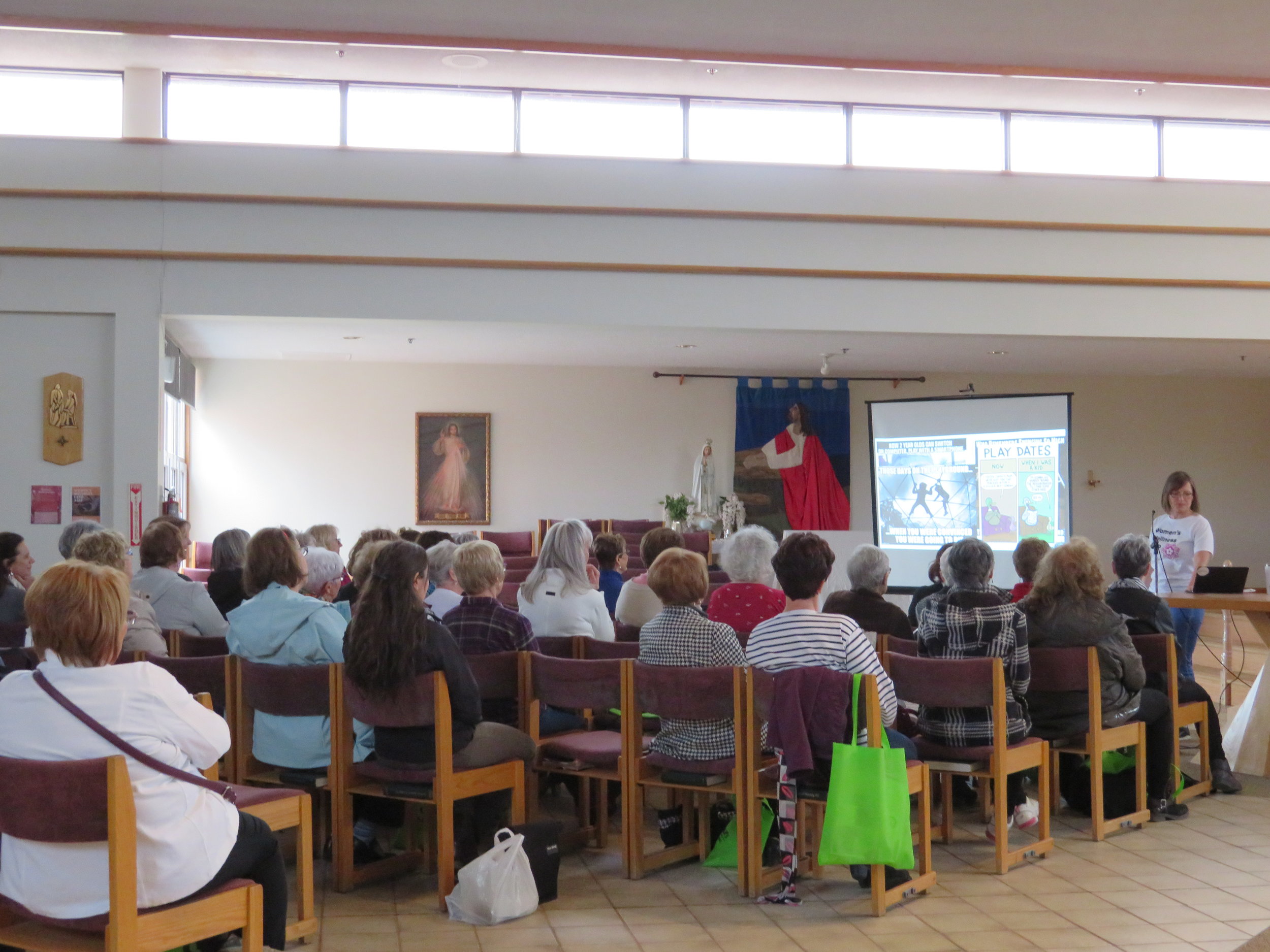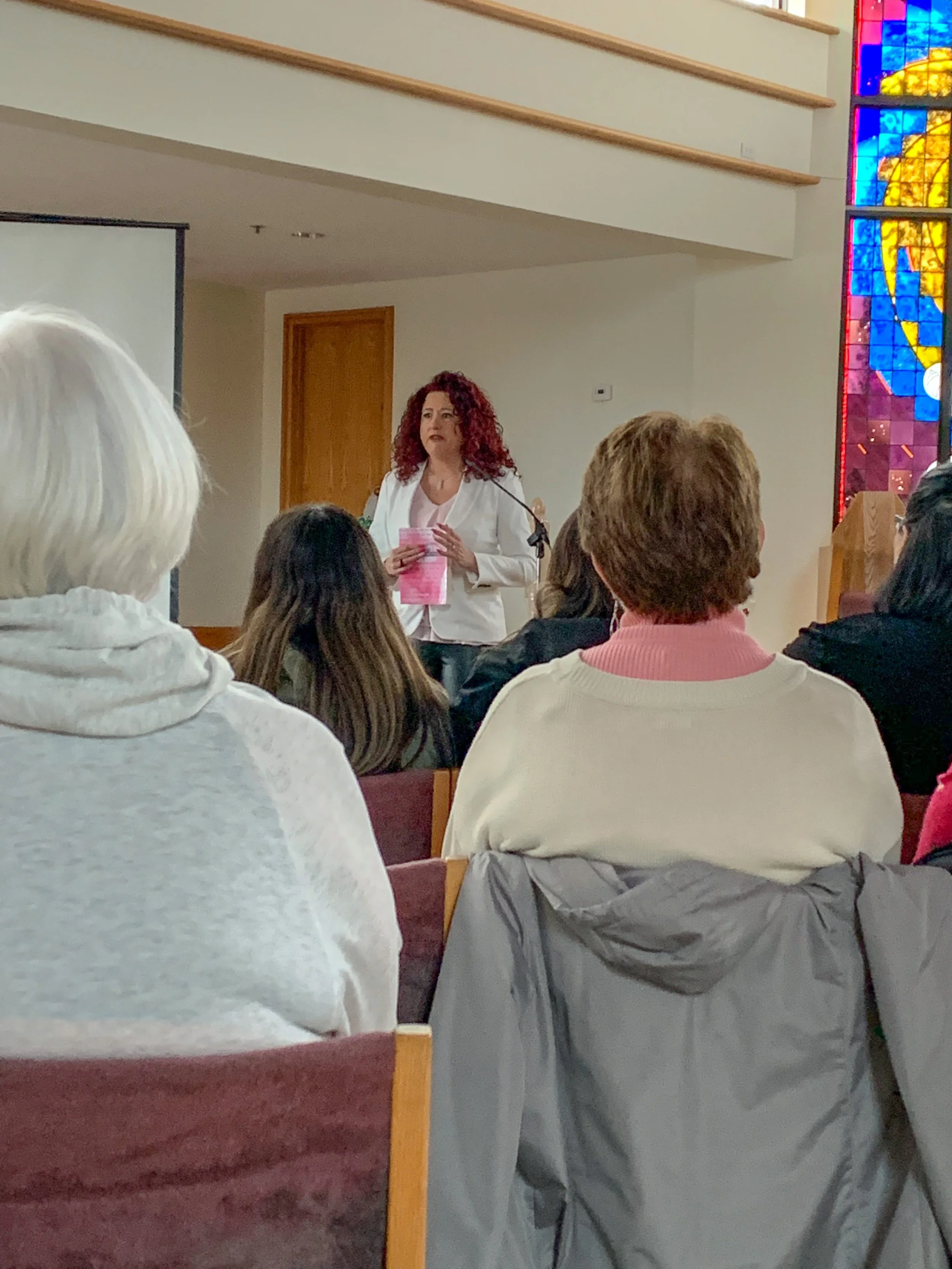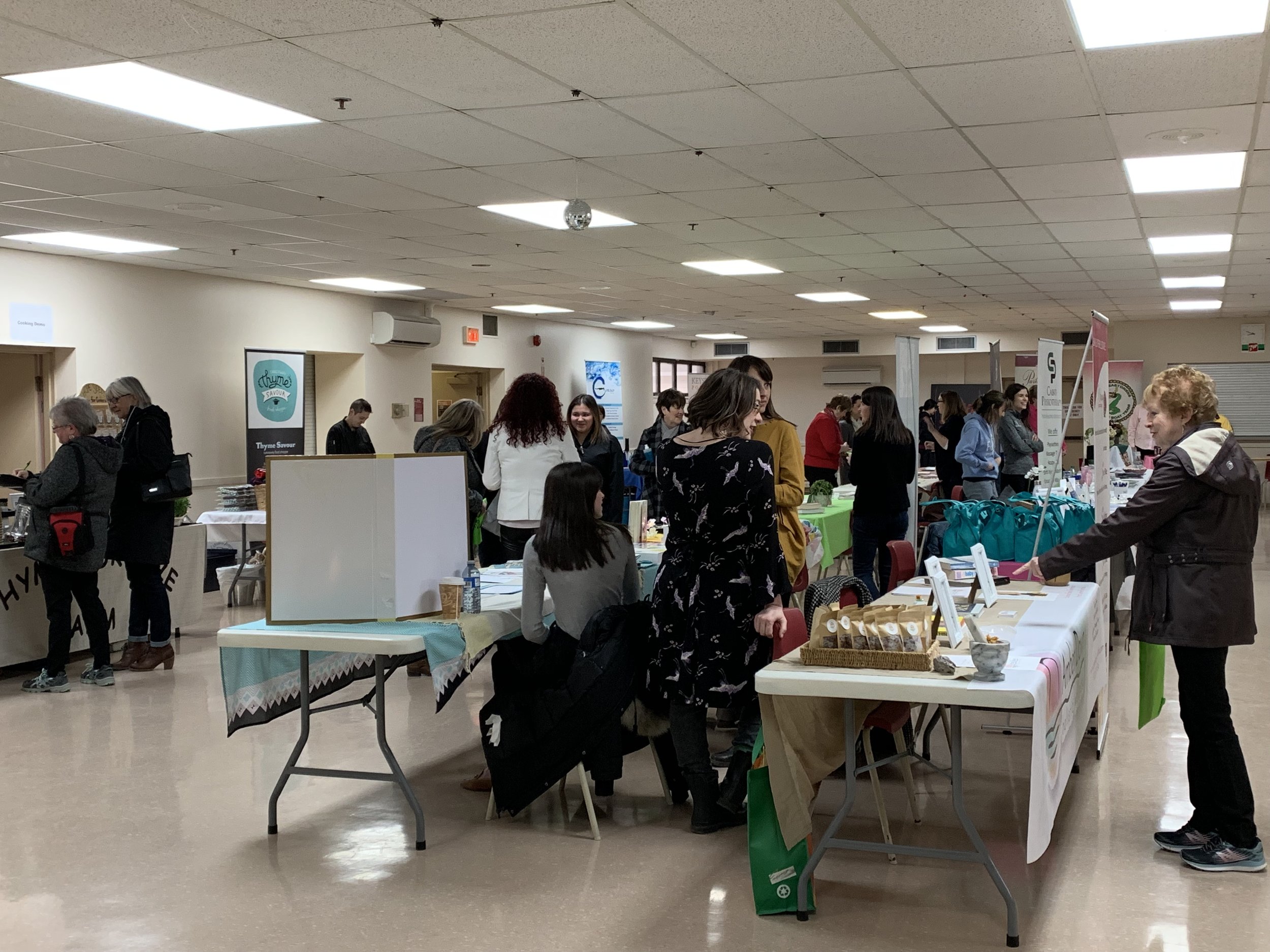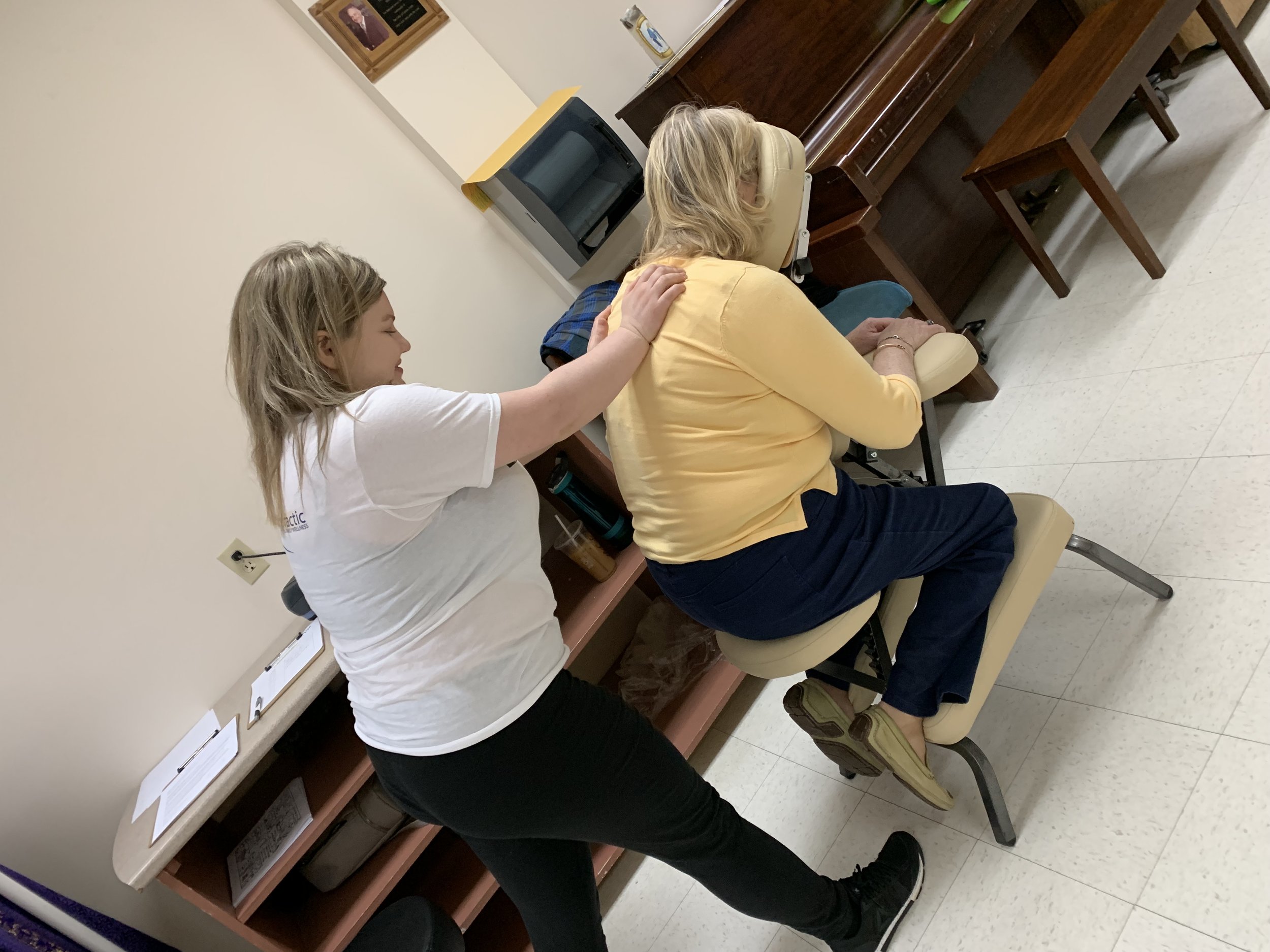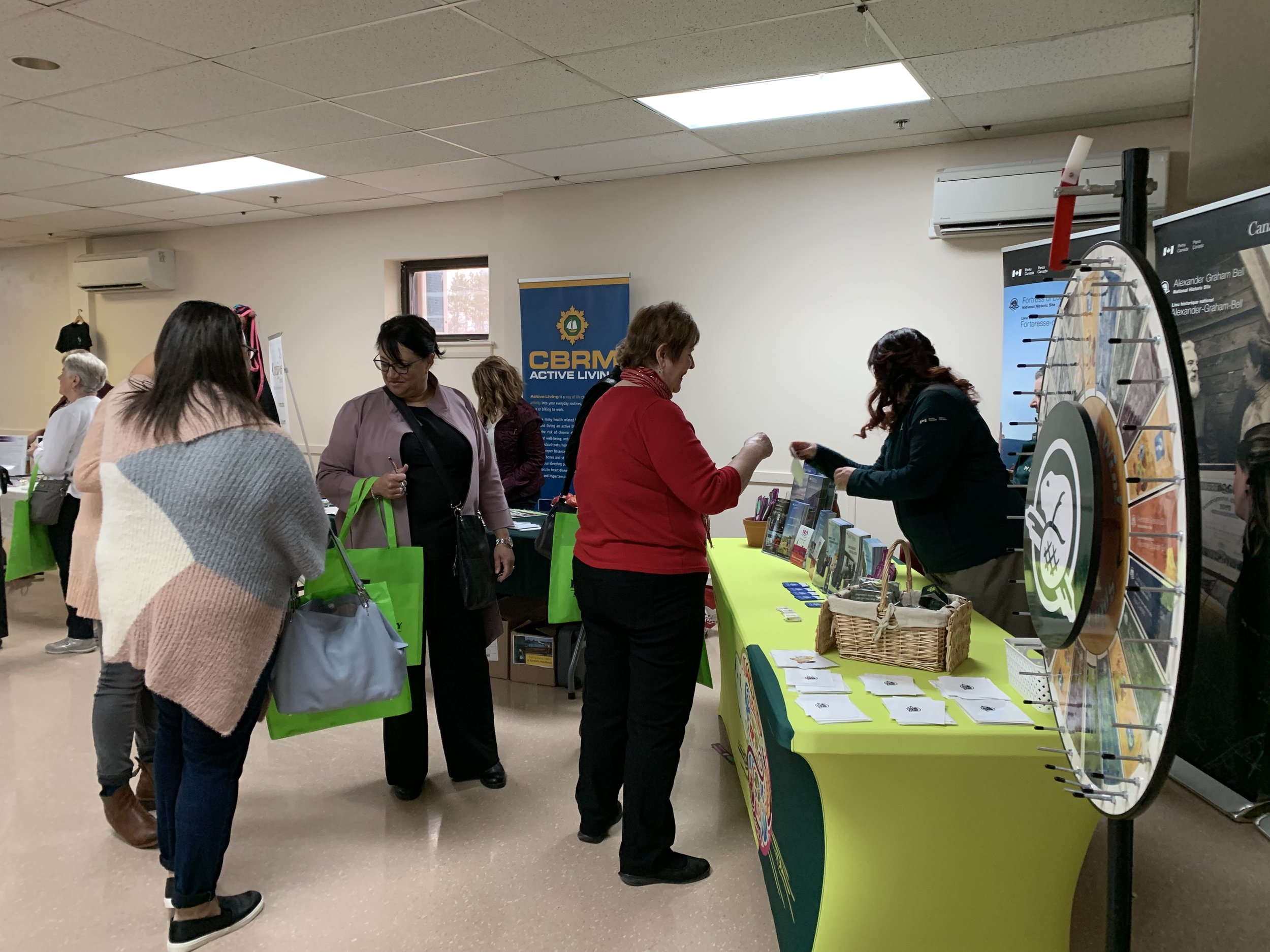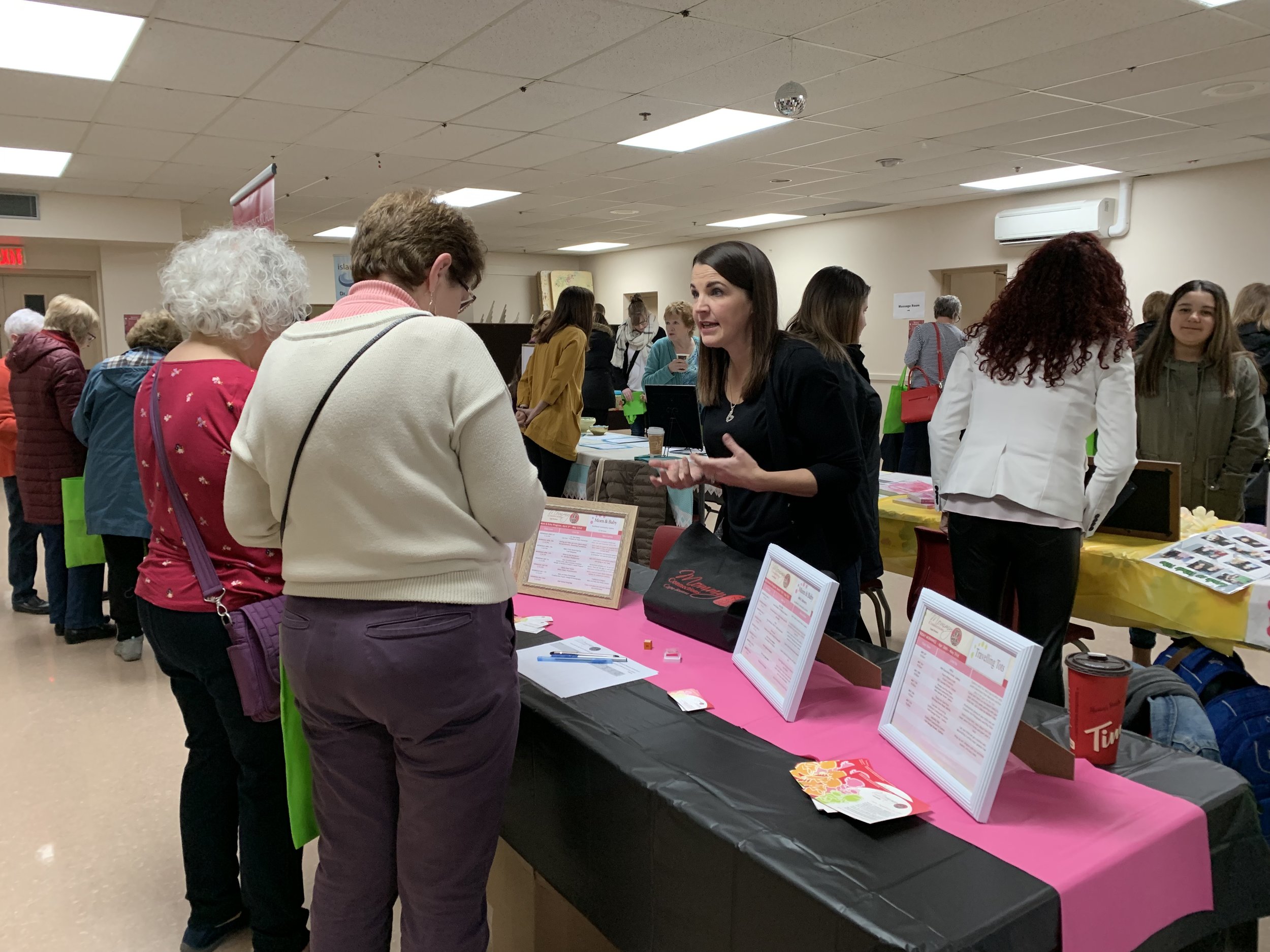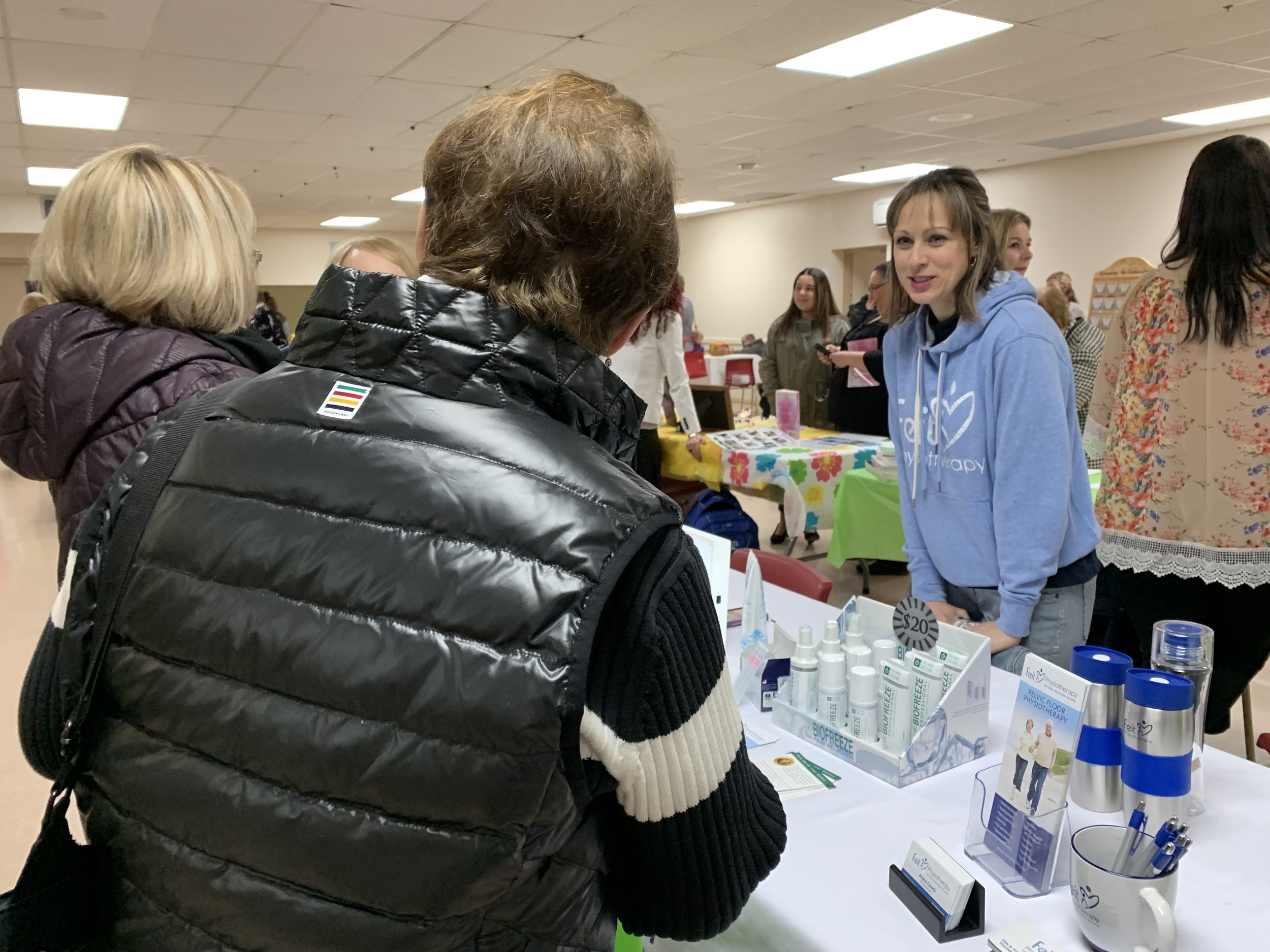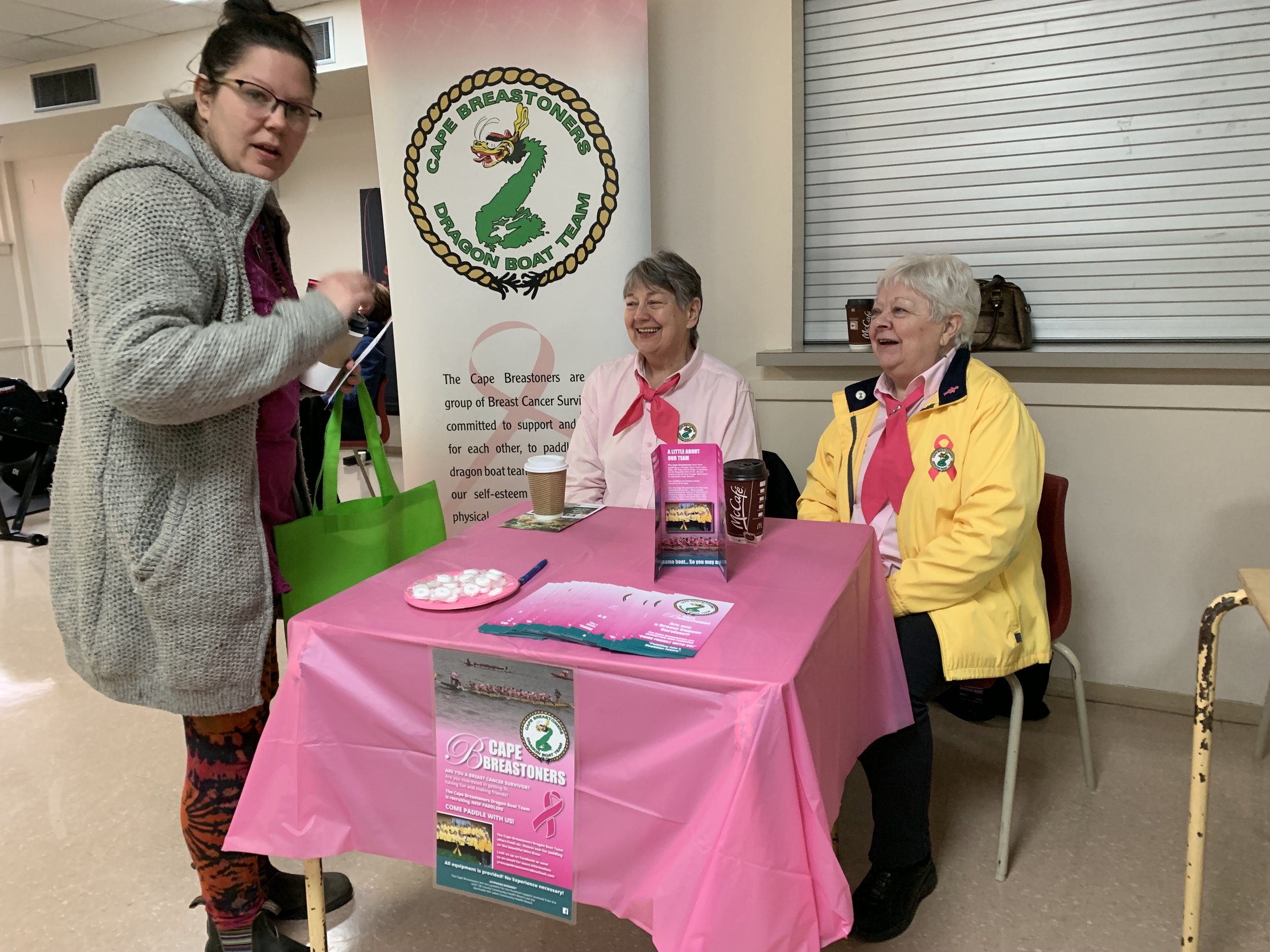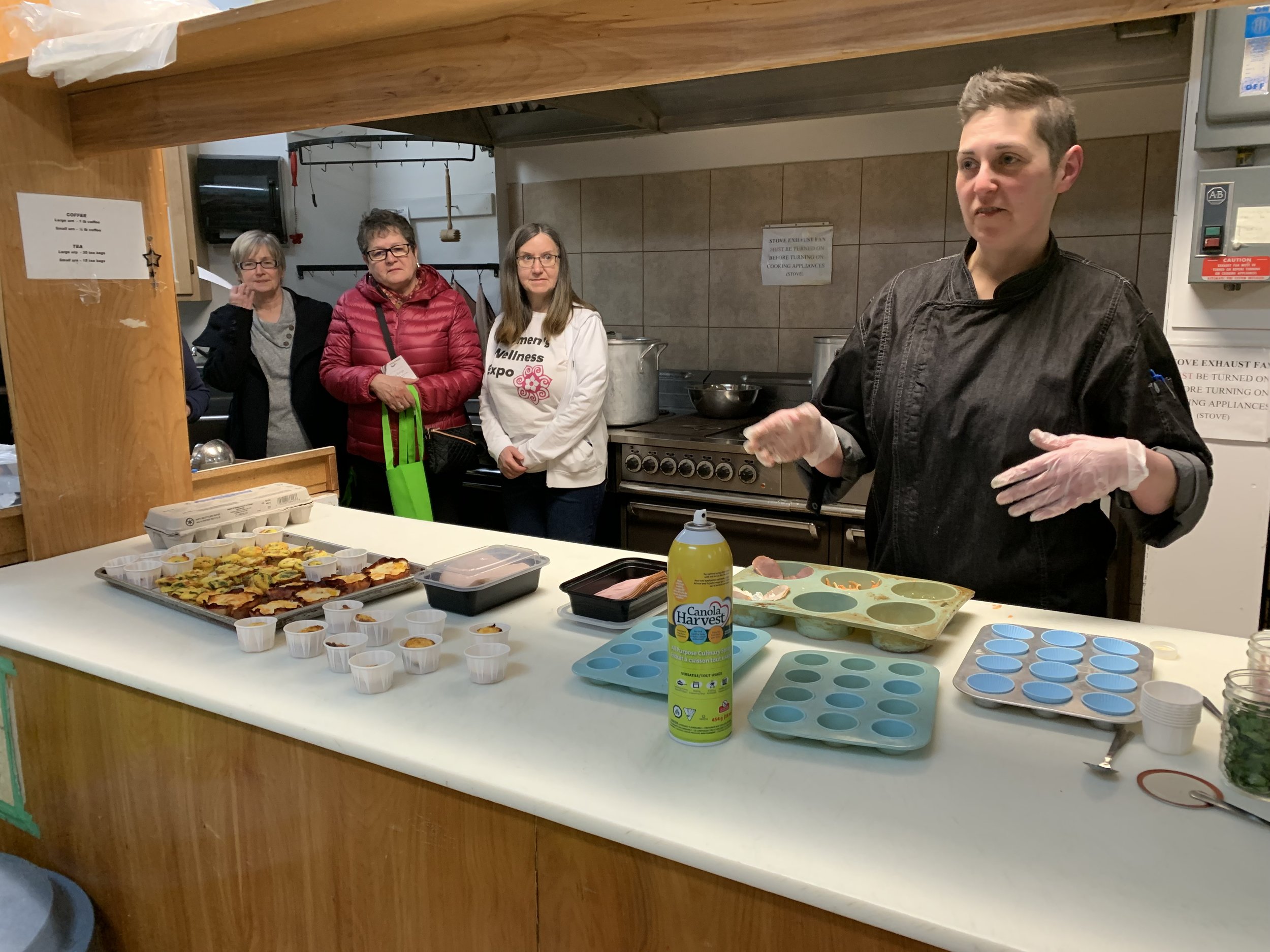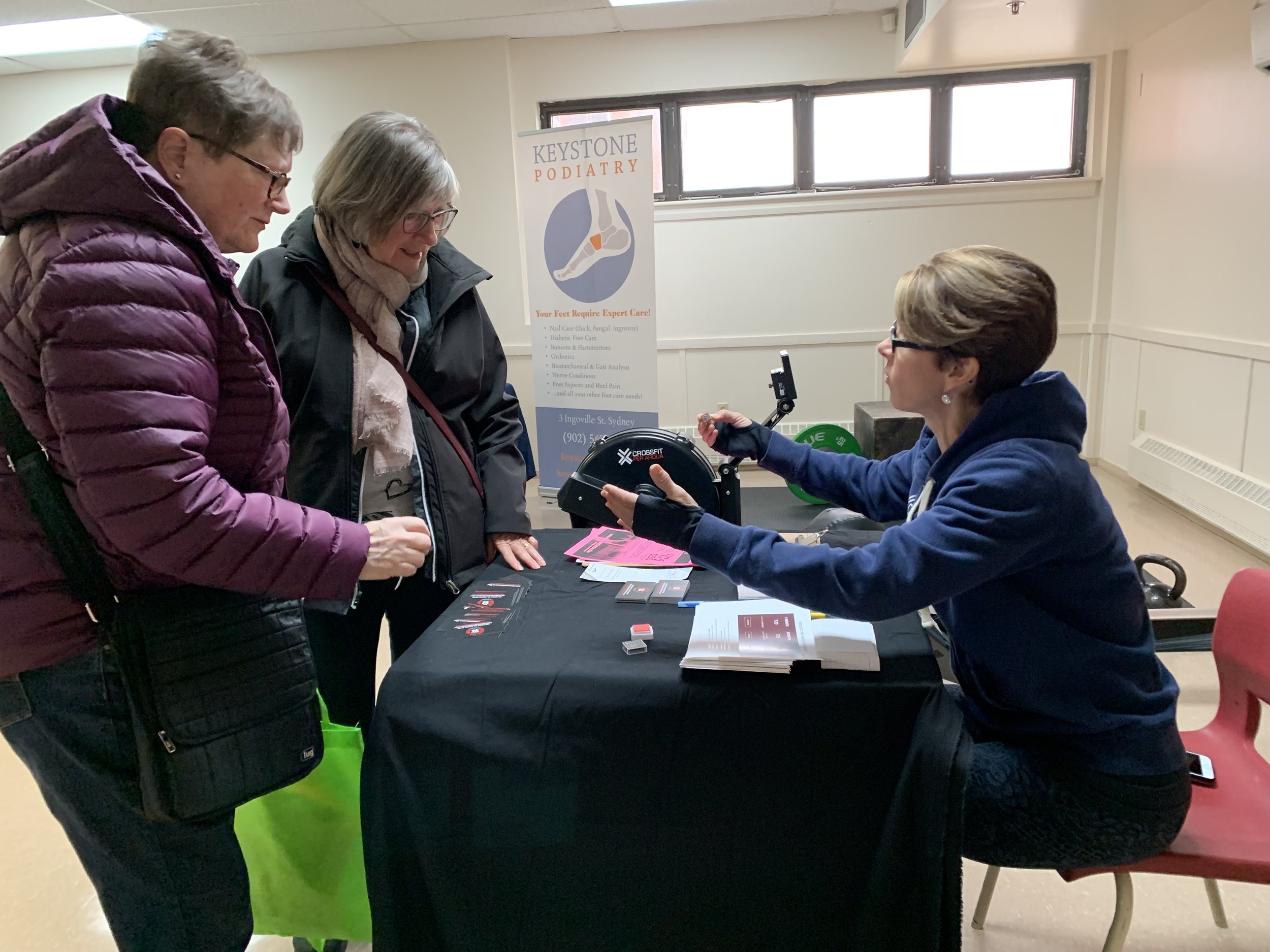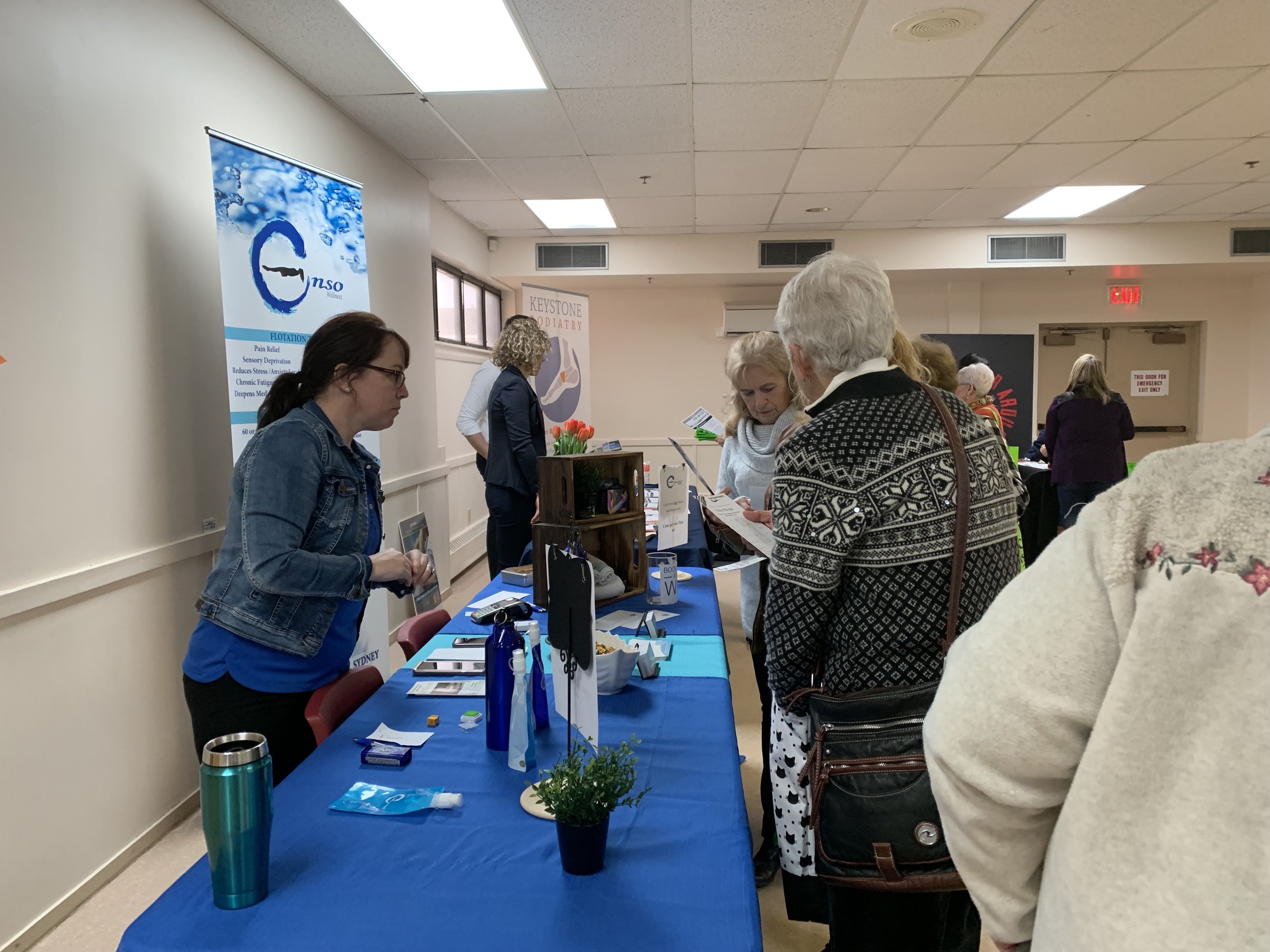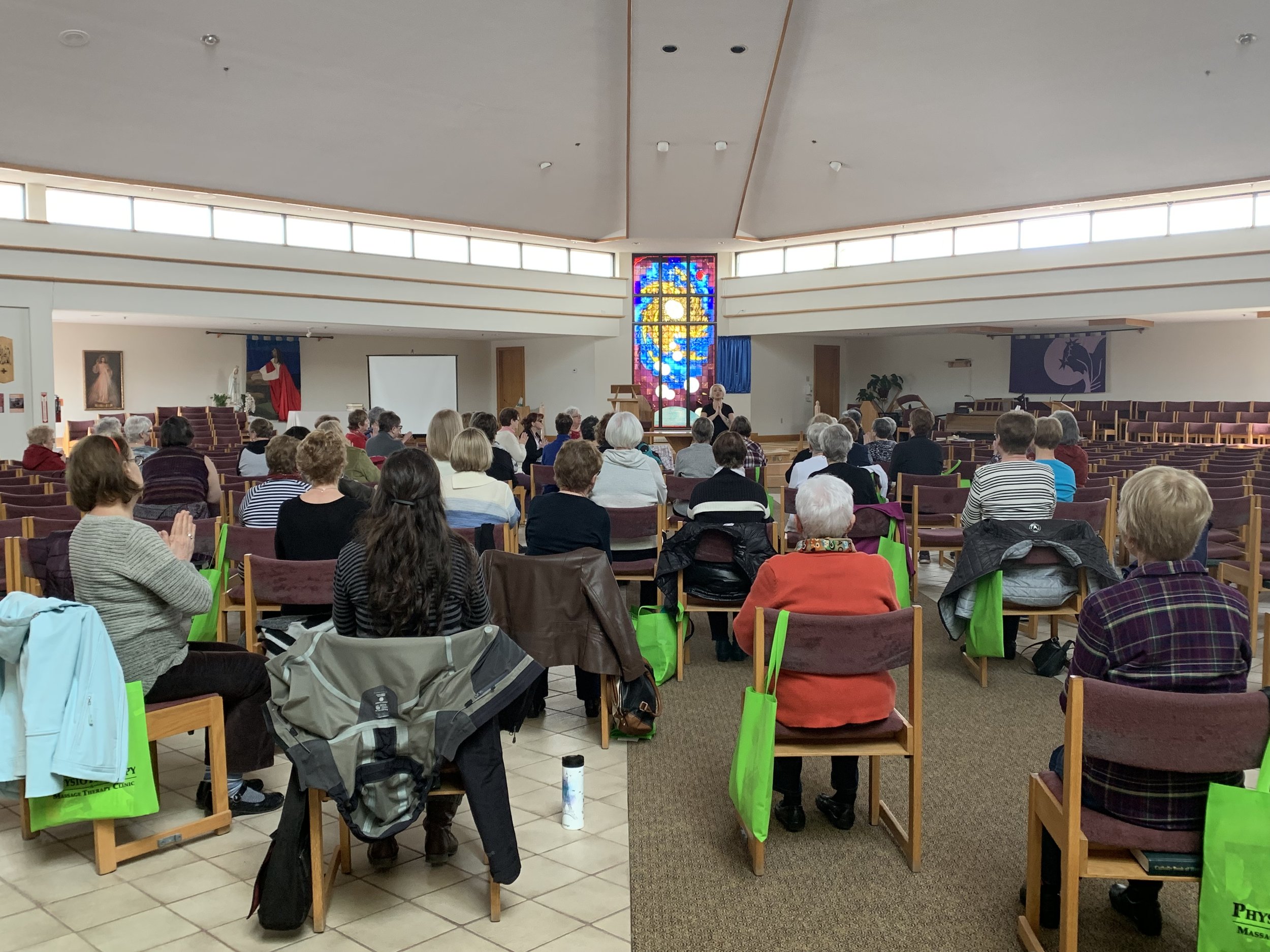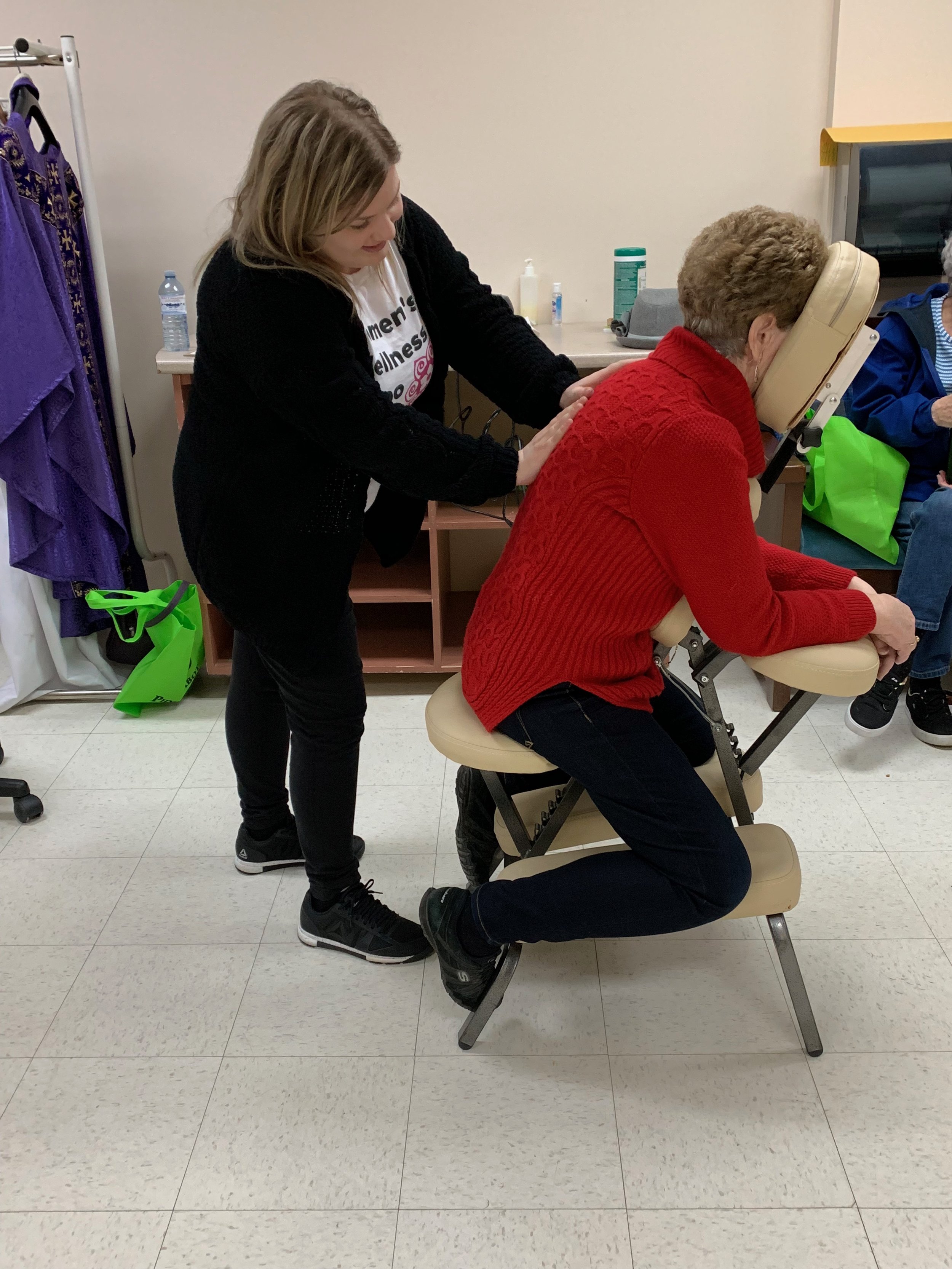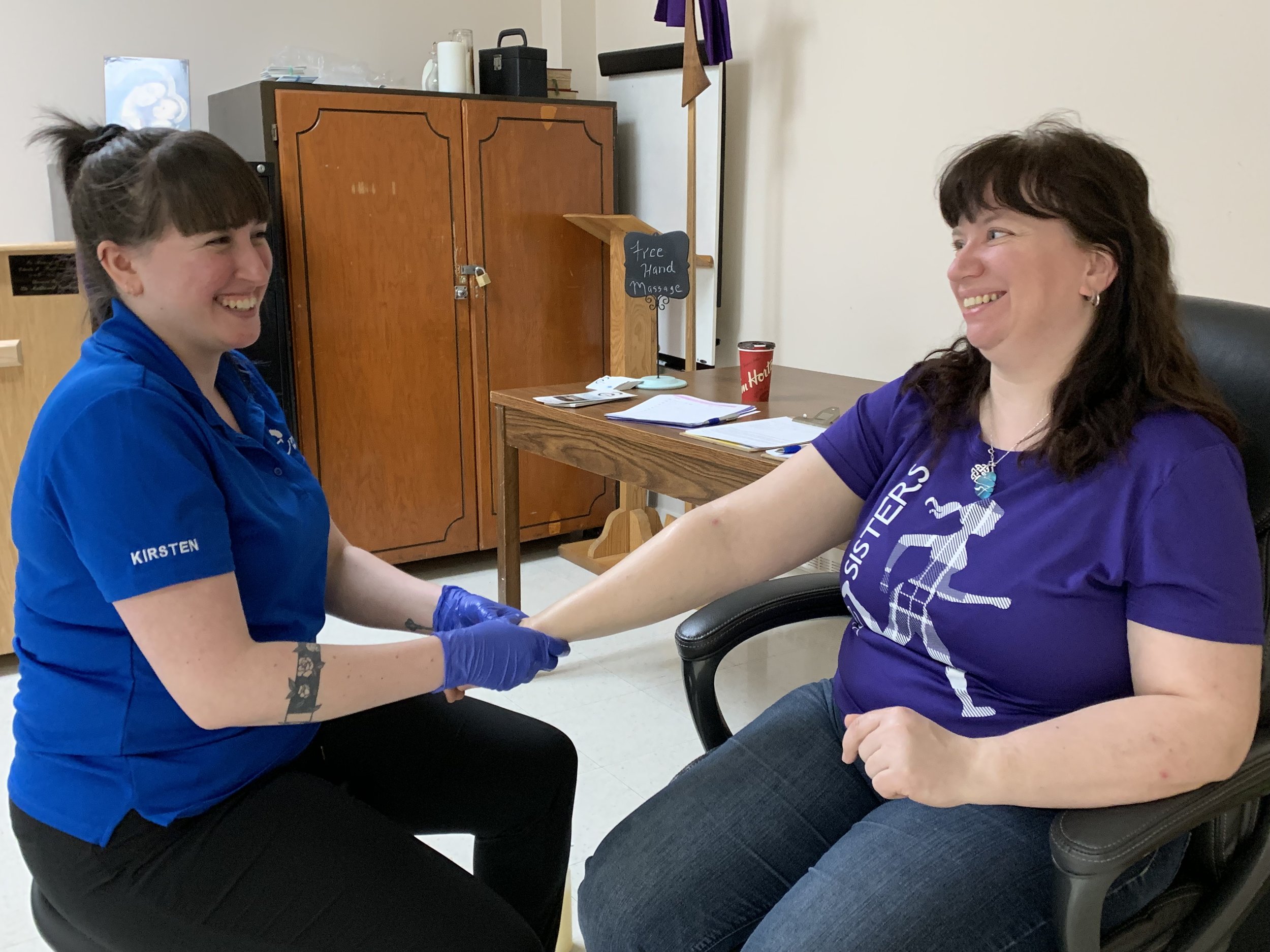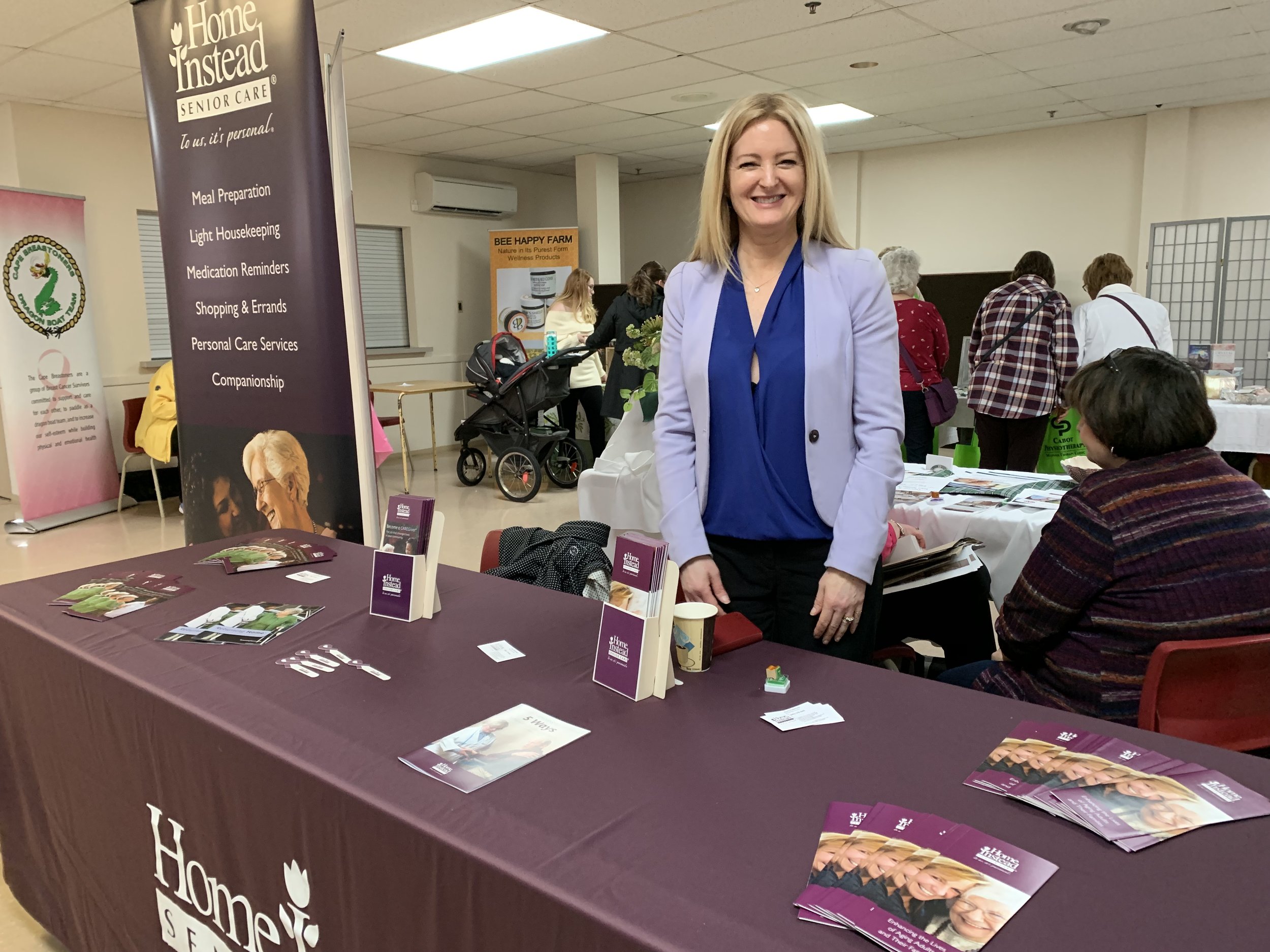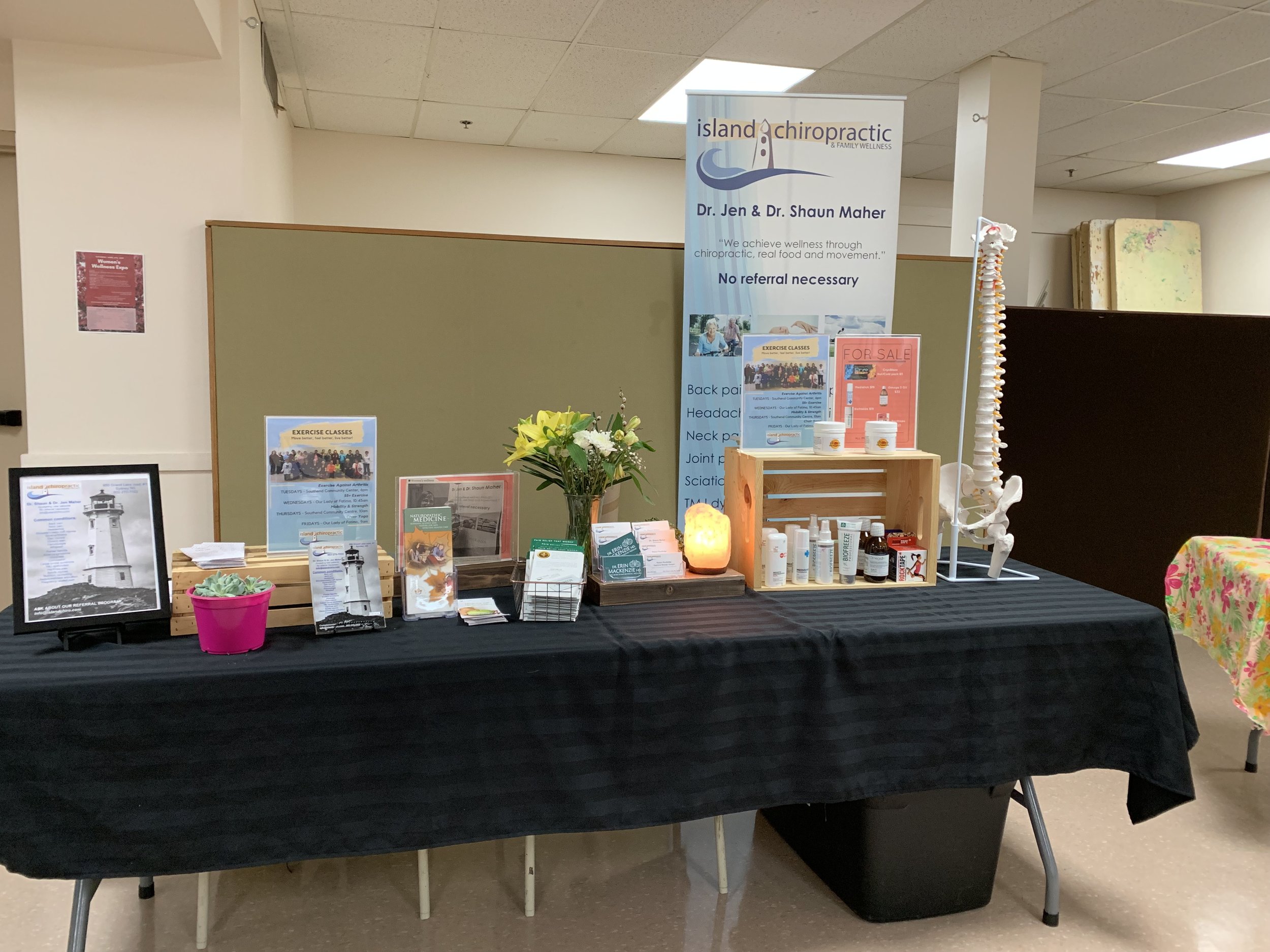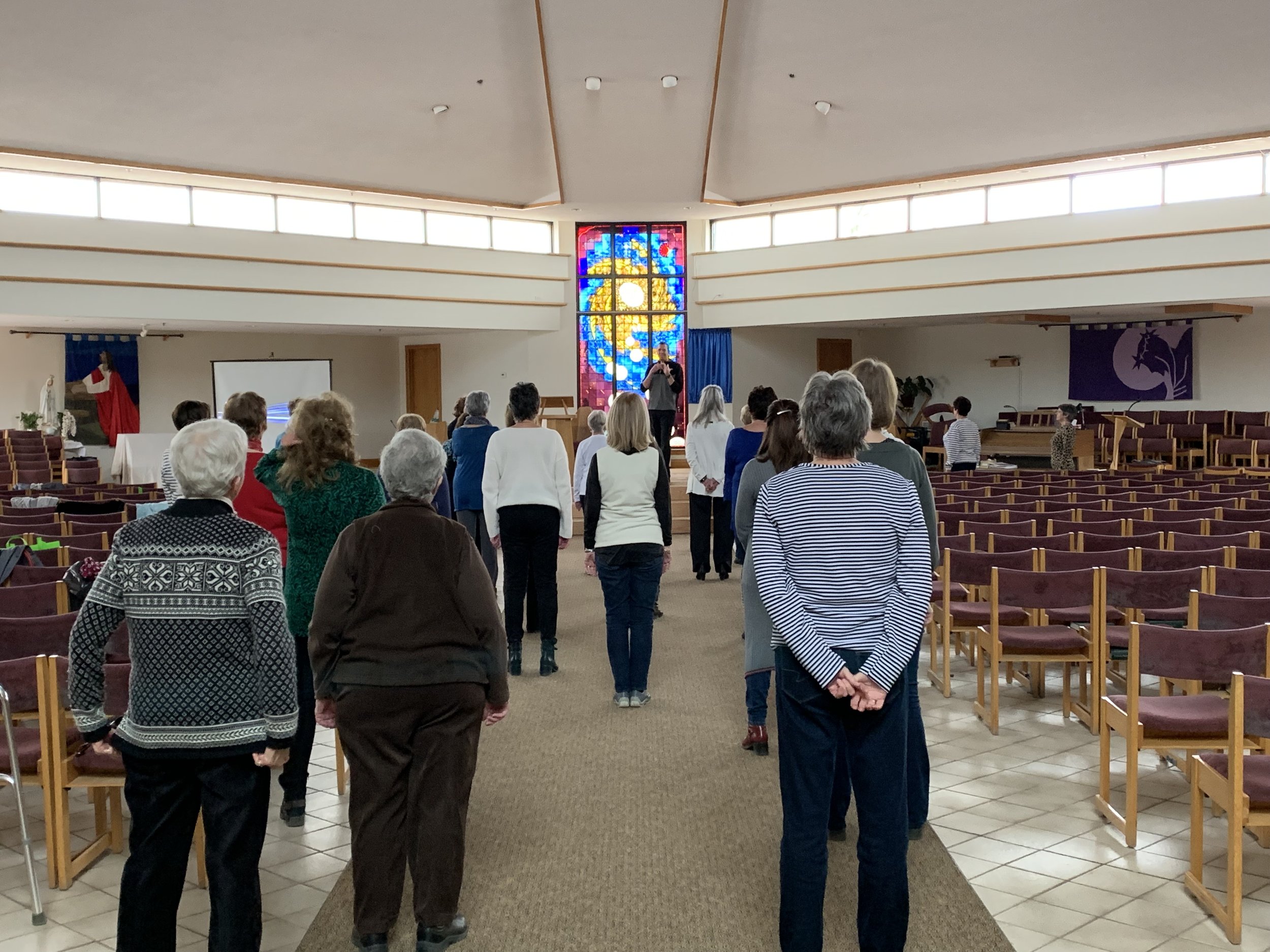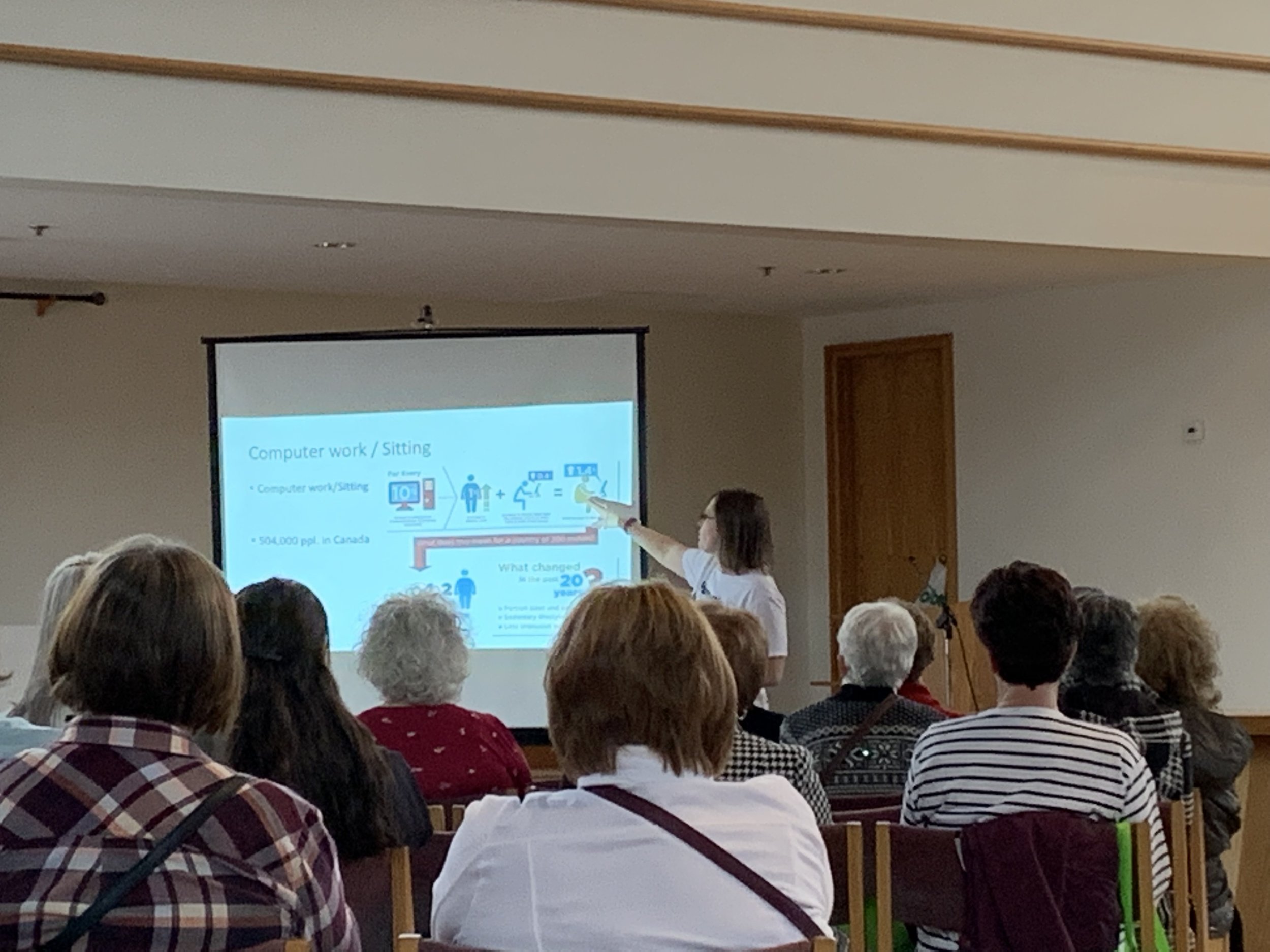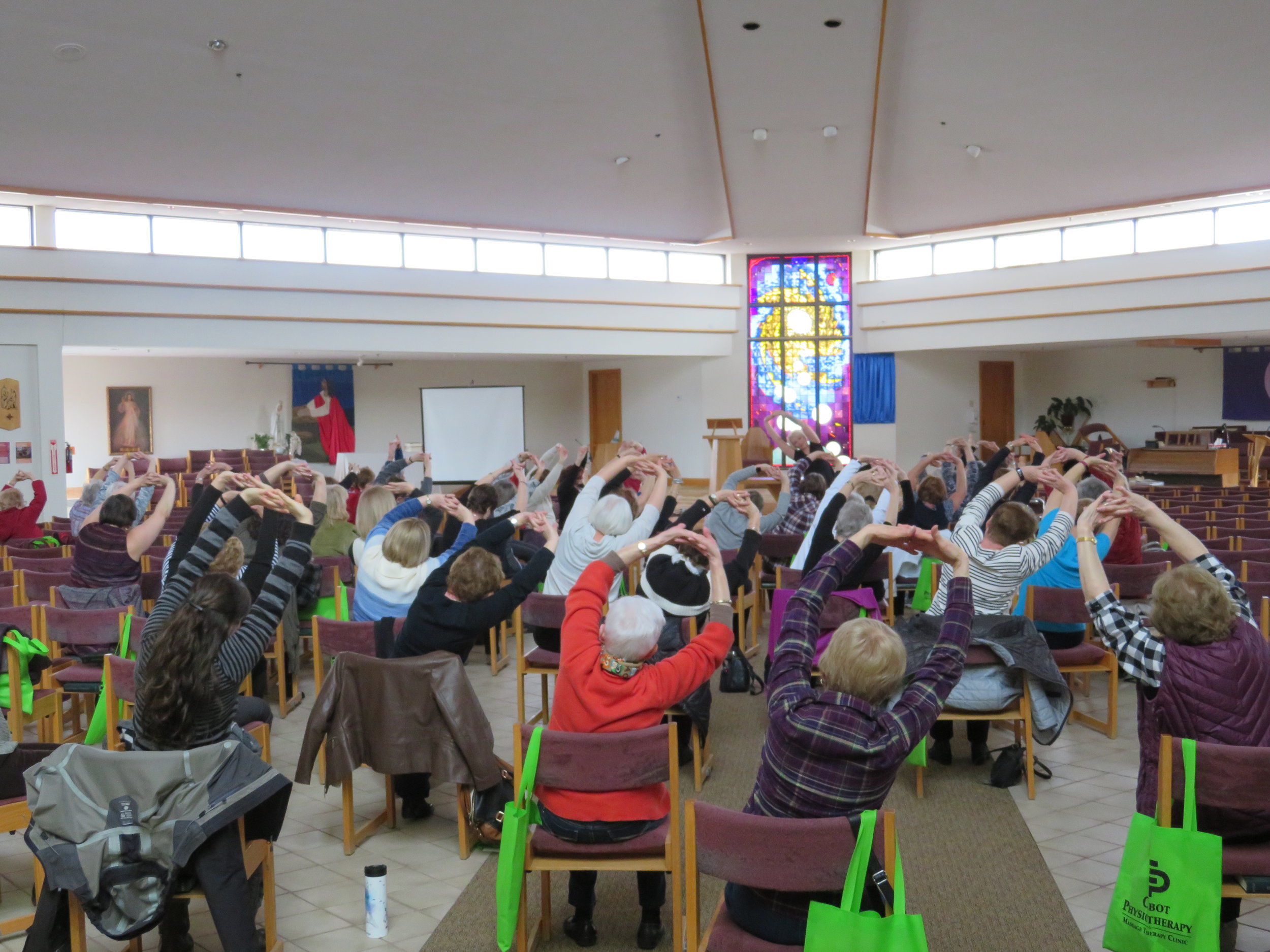Weight loss or muscle gain?
Muscle mass is directly correlated with longevity and excellent health. Rather than trying to “lose weight”, people are better striving to improve body composition. This means losing fat and building or maintaining muscle. The lean (non-fat) components of the body are denser than body fat. Therefore, the number on the scale isn’t always to best outcome measure, especially when it comes to health. A better predictor of health is body composition. A method to track your body composition at home (other than looking in the mirror) is measuring your waist-to-hip ratio (waist measurement divided by your hip measurement). As this ratio decreases, your abdominal (visceral) fat decreases, and so does your risk of all cause mortality. So, it is actually possible for the scale weight to increase and your waist to hip ratio to decrease – and at the end of the day you will be healthier.
Dr. Gabrielle Lyon calls muscle the organ of longevity. “The stronger and healthier your muscle is, the more carbohydrates and fat your body burns”. Healthy muscle mass improves metabolism and decreases risk of cardiovascular disease and diabetes. Muscle mass is also a reliable protein reserve that is protective for people after prolonged illness (i.e. cancer)
There are numerous methods to lose fat – some more healthy than others. There are only two basic ways to increase and maintain muscle mass: resistance exercise, and consuming protein.
Resistance exercise is lifting heavy things a few times a week. You could try body weight exercises like squats, push-ups and pull ups. I like a single set to failure using the rest – pause technique for bodyweight exercises. You could lift weights in the gym or rocks in your yard. Compound movements are typically safest and the most effective for your effort. My favorites are deadlifts, squats, bench press, shoulder press and a bent over row. For these I prefer hierarchical sets i.e. 3 sets of 15, 8, and 4 reps – increasing the weight with each set.
Protein is an essential macronutrient, necessary for all the cells of the body. It is needed for the structure, function, and regulation of all tissues and organs - especially for building and repairing muscle. Once consumed protein is broken down to amino acids. Humans must obtain some essential amino acids from protein in their diet. Proteins also have a key role in immune function, building enzymes for metabolism and DNA repair, and building hormones and neurotransmitters. High protein diets (45% of total calorie intake) have been shown to decreases blood pressure and increase HDL cholesterol.
There is no conclusive evidence that a high protein diet can cause chronic kidney disease. Protein may be used as fuel in the absence of carbs and fat, however, excess protein is not stored as body fat and is excreted as urea via the kidneys.
Protein should be prioritized. It is nutrient dense and very satiating. Consuming a minimum 30 grams of protein per meal is needed to stimulate muscle protein synthesis. It is actually more important for sedentary people as they are not stimulating muscle growth with exercise and older individuals because muscle mass gets harder to maintain as we age. Generally speaking, 30 grams of protein at each meal (3 meals a day) should be a minimum target. That’s 90 grams of protein per day. Up to 1 gram of protein per pound of desired body weight may be recommended for active people who want to maximize muscle mass.
This is what 30 g of protein looks like:
• 7 thick slices of bacon
• 5 large eggs
• 4 ounces of ground beef
• 6 ounces of tempeh
• 1 scoop of whey protein
• 3/4 block of tofu
• 4 ounces chicken breast
Looking for more creative ways to get in extra protein, check out a protein packed recipe HERE
References:
1. Srikanthan, Preethi et al. Muscle Mass Index As a Predictor of Longevity in Older Adults The American Journal of Medicine, Volume 127, Issue 6, 547 – 553.
2. Srikanthan P, Seeman TE, Karlamangla AS. Waist-hip-ratio as a predictor of all-cause mortality in high-functioning older adults. Ann Epidemiol. 2009;19:724-731.
3. https://drgabriellelyon.com
4. https://en.wikipedia.org/wiki/Waist–hip_ratio
5. https://www.bodybuilding.com/content/measuring-your-macros-what-30-grams-protein-looks-like.html







